Christianity’s death toll
The institutions of the Christianity has played a central role in shaping Western history for nearly two millennia, influencing political, social, and cultural developments on a global scale. Alongside its contributions to art, education, and social welfare, the Christianity has also been a catalyst for some of history’s most violent and destructive events. From the Crusades and inquisitions to pogroms and forced conversions, these actions have resulted in untold suffering and loss of life. This post seeks to critically examine the death tolls associated with Christianity’s direct and indirect actions, placing them within their historical contexts and exploring the moral and ethical implications of such a legacy.

Torturing and execution of witches in medieval miniature, 14th century. Atrocities like witch hunts were often justified by religious authorities. The list of victims who were tortured or killed in the name of Christianity is long and tragic. This post seeks to provide an overview of the death tolls associated with Christianity’s actions throughout history in order to critically examine its legacy of violence and destruction. Source: Wikimedia Commonsꜛ (license: public domain)
I would like to begin this post with a quote from Karlheinz Deschner – whose work provides a critical examination of Christianity’s history, which was the basis for much of the research and analysis in this post – that stunningly captures the essence of Christianity’s historical legacy of violence and hypocrisy, particularly in relation to the suffering and destruction it has caused:
“There exists […] a glaring contradiction between the lives of Christians and their teachings — a contradiction that has always been trivialized as the eternal gap between ideal and reality, yet in vain. No one condemns Christianity merely because it fails to fully, or even partially, live up to its ideals. But it does stretch the concept of humanity [..] to an extreme when, from century to century, from millennium to millennium, it realizes precisely the opposite of its ideals. In short, when it is revealed through its entire history as the embodiment and absolute pinnacle of world-historical criminality. […] The ideal is not merely missed partially, […] it is constantly slapped in the face while simultaneously pretending to be its greatest advocate, even the highest moral authority in the world. The recognition of such hypocrisy, which is not an expression of ‘human weakness’ but rather of unparalleled spiritual depravity, gave rise to this criminal history: God walks in the shoes of the devil.”
– Karlheinz Deschner, Kriminalgeschichte des Christentums: Bd. 1 Die Frühzeit, 1996
Religious conflicts and campaigns
Throughout its history, the Christianity, and in particular the Catholic Church, has been directly and indirectly involved in numerous conflicts that resulted in massive loss of life. Religious fervor often combined with political motivations to justify wars of conquest and suppression, aligning Christianity’s mission with violence.
Charlemagne’s wars of conversion (8th–9th centuries)
Charlemagne’s campaigns to forcibly Christianize the Saxons, including the Massacre of Verden, where 4,500 pagan Saxons were executed, showcase the Church’s complicity in aligning faith with imperial conquest. Such acts contradict the principles of free will and compassion central to the teachings of Jesus.
Charlemagne’s campaigns, particularly the forced Christianization of the Saxons, resulted in approximately 100,000–200,000 deaths, including the 4,500 executed at the Massacre of Verden.
References:
- Karlheinz Deschner, Kriminalgeschichte des Christentums: Bd. 4 Frühmittelalter - Von König Chlodwig I. (um 500) bis zum Tode Karls ‘des Großen’ (814), 1997, Rowohlt Taschenbuch Verlag, ISBN: 9783499603440
The Crusades (1096–1272)
The Crusades stand as one of the most infamous examples of the Church’s endorsement of violence. Framed as holy wars to reclaim the Holy Land from Muslim control, these campaigns left a devastating toll on all sides. The First Crusade alone resulted in an estimated 1.7 million deaths. The Sack of Jerusalem in 1099, where Crusaders massacred Muslims, Jews, and even Eastern Christians indiscriminately, epitomizes the brutality of these campaigns. Later Crusades, including the Albigensian Crusade against the Cathars, further demonstrate the Church’s willingness to sanction violence for religious and political ends.
- Death toll: Estimated at 1–3 million overall:
- The First Crusade (1096–1099) alone accounted for approximately 200,000–300,000 deaths, including civilians in massacres such as the Sack of Jerusalem.
- Second Crusade (1147–1149): Estimated 100,000–200,000 deaths, including the failed campaigns in the Holy Land and Iberian Peninsula.
- Third Crusade (1189–1192): Approximately 150,000–250,000 deaths, including battle casualties (e.g., the Siege of Acre) and disease-related deaths.
- Fourth Crusade (1202–1204): Estimated 50,000–100,000 deaths, including the Sack of Constantinople in 1204.
- Fifth Crusade (1217–1221): Estimated 50,000–100,000 deaths, mainly from battles in Egypt and the failed campaign at Damietta.
- Sixth Crusade (1228–1229): Few direct battle deaths; most estimates suggest 10,000–20,000 deaths, primarily from disease and minor skirmishes.
- Seventh Crusade (1248–1254): Estimated 50,000–100,000 deaths, including the failed Egyptian campaign and battle losses.
- Eighth Crusade (1270): Approximately 20,000–40,000 deaths, mostly due to disease, including the death of King Louis IX.
- Ninth Crusade (1271–1272): Estimated 10,000–20,000 deaths, as it was a smaller-scale campaign with limited engagements.
- People’s Crusade (1096): Estimated 100,000+ deaths, mostly from massacres, starvation, and battles before reaching the Holy Land.
- Children’s Crusade (1212): Unclear, but many thousands perished or were enslaved.
The Crusades resulted in significant loss of life across Europe, the Middle East, and North Africa. The numbers above are broad estimates based on historical records, chronicles, and modern scholarly analysis. The death toll includes not only soldiers but also civilians, displaced populations, and those who died from starvation, disease, or massacres.
References:
- Karlheinz Deschner, Kriminalgeschichte des Christentums: Bd. 6 11. und 12. Jahrhundert: Von Kaiser Heinrich II., dem “Heiligen” (1002), bis zum Ende des Dritten Kreuzzugs (1192) (1986)s, 1986, Rowohlt, ISBN: 9783498013097
- Karlheinz Deschner, Kriminalgeschichte des Christentums: Bd. 7 12. und 14. Jahrhundert: Von Kaiser Heinrich VI. (1190) zu Kaiser Ludwig IV. dem Bayern (1347), 1986, Rowohlt, ISBN: 9783498013202
- Christopher Tyerman, God’s War: A New History of the Crusades, 2007, Penguin, ISBN: 978-0140269802
- Thomas Asbridge, The Crusades: The Authoritative History of the War for the Holy Land, 2011, Ecco, ISBN: 978-0060787295
The Hussite Wars (1419–1434)
The Hussite Wars were a series of conflicts between followers of Jan Hus and the Catholic Church, triggered by Jan Hus’s execution for heresy. The wars saw brutal battles between the Bohemian Hussites and the Holy Roman Empire, with large-scale massacres on both sides. The Catholic Church launched five crusades to suppress the movement, each resulting in widespread destruction and loss of life.
- Death toll: Estimated at 100,000–200,000.
References:
- Karlheinz Deschner, Kriminalgeschichte des Christentums: Bd. 8 Das 15. und 16. Jahrhundert. Vom Exil der Päpste in Avignon bis zum Augsburger Religionsfrieden, 2006, Rowohlt Taschenbuch Verlag, ISBN: 9783499616709
- Howard Kaminsky, A History of the Hussite Revolution, 2004, Wipf and Stock, ISBN: 978-1592446315
Religious wars in Europe (16th–17th centuries)
The Thirty Years’ War, the most devastating of these conflicts, caused approximately 4–8 million deaths, including deaths from violence, famine, and disease. Other religious wars, such as the French Wars of Religion, contributed 2–4 million additional deaths.
Total death toll: 6–12 million.
References:
- Karlheinz Deschner, Kriminalgeschichte des Christentums: Bd. 9 -Mitte des 16. bis Anfang des 18. Jahrhunderts. Vom Völkermord in der Neuen Welt bis zum Beginn der Aufklärung, 2010, Rowohlt Taschenbuch Verlag, ISBN: 9783499624438
- Mark Greengrass, Christendom Destroyed: Europe 1517–1648, 2015, Penguin, ISBN: 978-0141978529
- Geoffrey Parker, The Thirty Years’ War, 1997, Routledge, ISBN: 978-0415128834
The Taiping Rebellion (1850–1864)
Though led by Hong Xiuquan, a self-proclaimed Christian prophet who claimed to be Jesus’ younger brother, the Taiping Rebellion involved large-scale conflict with the Qing Dynasty. The movement sought to establish a Christian theocracy in China, leading to one of the deadliest conflicts in history. The rebellion resulted in widespread massacres, starvation, and destruction.
- Death toll: Estimated at 20–30 million.
References:
- Stephen R. Platt, Autumn in the Heavenly Kingdom: China, the West, and the Epic Story of the Taiping Civil War, 2013, Atlantic Books, ISBN: 978-0857897688
Institutional oppression and persecution
The Church’s internal mechanisms for enforcing doctrinal conformity have also been sources of immense suffering. From inquisitions to witch hunts, these systems institutionalized fear and punishment.
The Inquisition (12th–19th centuries)
The Inquisition targeted heretics, Jews, Muslims, Protestants, and other dissenters, using torture, imprisonment, and executions to enforce orthodoxy. In Spain alone, it is estimated that 3,000–5,000 people were executed. Beyond the immediate deaths, the Inquisition created a climate of fear that stifled intellectual and cultural progress.
- Spain: Estimates vary between 3,000–5,000 executions.
- Broader Europe: Including other inquisitorial courts, death tolls reach 15,000–25,000, with many more imprisoned or tortured.
References:
- Karlheinz Deschner, Kriminalgeschichte des Christentums: Bd. 7 12. und 14. Jahrhundert: Von Kaiser Heinrich VI. (1190) zu Kaiser Ludwig IV. dem Bayern (1347), 1986, Rowohlt, ISBN: 9783498013202
- Henry Kamen, The Spanish Inquisition: A Historical Revision, 2014, Yale University Press, ISBN: 978-0300180510
Witch hunts (15th–18th centuries)
Witch hunts, often driven by Church-endorsed doctrines associating women with sin, led to the deaths of an estimated 40,000–60,000 people, primarily women. These events underscore the Church’s role in perpetuating gendered violence and exploiting societal fears for control.
- Death toll: Approximately 40,000–60,000 executed, with women constituting the majority of victims.
References:
- Karlheinz Deschner, Kriminalgeschichte des Christentums: Bd. 8 Das 15. und 16. Jahrhundert. Vom Exil der Päpste in Avignon bis zum Augsburger Religionsfrieden, 2006, Rowohlt Taschenbuch Verlag, ISBN: 9783499616709
- Brian P. Levack, The Witch-Hunt in Early Modern Europe, 2015, Taylor & Francis Ltd, ISBN: 978-1138808102
Jewish pogroms and anti-semitic policies
From medieval expulsions to massacres during the Crusades, the Church laid the ideological groundwork for Jewish persecution. The Fourth Lateran Council of 1215 institutionalized discriminatory practices, such as requiring Jews to wear identifying clothing. Such policies fueled centuries of anti-Semitic violence, including the expulsions from England (1290), France (1306), and Spain (1492).
Jewish pogroms and expulsions resulted in significant deaths and suffering:
- Medieval expulsions and Crusader pogroms: Tens of thousands.
- Martin Luther’s anti-Semitic writings: Contributed to a climate of hostility that persisted for centuries, and foundational to long-term systemic violence, including Nazi-era anti-Semitism.
References:
- Karlheinz Deschner, Kriminalgeschichte des Christentums: Bd. 7 12. und 14. Jahrhundert: Von Kaiser Heinrich VI. (1190) zu Kaiser Ludwig IV. dem Bayern (1347), 1986, Rowohlt, ISBN: 9783498013202
- Karlheinz Deschner, Kriminalgeschichte des Christentums: Bd. 8 Das 15. und 16. Jahrhundert. Vom Exil der Päpste in Avignon bis zum Augsburger Religionsfrieden, 2006, Rowohlt Taschenbuch Verlag, ISBN: 9783499616709
- David Nirenberg, Communities of Violence: Persecution of Minorities in the Middle Ages, 2015, Princeton University Press, ISBN: 978-0691165769
LGBTQ+ persecution
Throughout its history, the Christianity has targeted various groups in efforts to enforce doctrinal conformity and maintain social control. Among these, homosexuals have faced profound persecution rooted in the Church’s moral teachings and interpretations of scripture. From medieval canon laws criminalizing same-sex relationships to public executions and imprisonment, LGBTQ+ individuals were vilified as sinners and threats to societal order.
This systemic repression persisted well into the modern era, with the Church influencing state policies that criminalized homosexuality. During the Inquisition, those accused of sodomy often faced brutal torture and execution. In subsequent centuries, Church-aligned governments enacted anti-sodomy laws, further entrenching prejudice against LGBTQ+ individuals.
The psychological toll of this persecution was immense, with countless individuals forced to conceal their identities or endure societal ostracism. Christianity’s doctrine, emphasizing repentance and the renunciation of “sinful” desires, perpetuated cycles of shame, guilt, and mental anguish. These teachings created an enduring legacy of discrimination that has shaped cultural attitudes and laws long after their formal enforcement.
- Death toll: Thousands executed or imprisoned under anti-sodomy laws, particularly during the Inquisition. The psychological and societal toll is immeasurable.
References:
- Karlheinz Deschner, Das Kreuz mit der Kirche. Eine Sexualgeschichte des Christentums, 1974, Econ, Düsseldorf 1974; überarbeitete Neuausgabe 1998, ISBN 978-3-9811483-9-8
- Karlheinz Deschner, Horst Herrmann, Der Anti-Katechismus - 200 Gründe gegen die Kirchen und für die Welt, 1993, Goldmann, ISBN: 9783442123438
- Karlheinz Deschner, Kriminalgeschichte des Christentums: Bd. 7 12. und 14. Jahrhundert: Von Kaiser Heinrich VI. (1190) zu Kaiser Ludwig IV. dem Bayern (1347), 1986, Rowohlt, ISBN: 9783498013202
- Michael Rocke, Forbidden Friendships - Homosexuality And Male Culture In Renaissance Florence, 1996, Oxford University Press on Demand, ISBN: 9780195122923
Systemic abuse and cover-ups
One of the most devastating aspects of the Christianity’s institutional failures is its long history of child abuse. For decades, widespread cases of sexual abuse within Christian institutions, particularly within the Catholic Church, but also in other denominations and religious organizations as well as missionary schools, orphanages and Christian lay organizations, have been documented across multiple continents. Thousands of victims have come forward, revealing patterns of systemic abuse, cover-ups, and institutional protection of perpetrators.
While precise figures remain elusive due to the historical secrecy surrounding such cases, various investigative reports have uncovered extensive abuse within religious institutions:
- Estimated victims: Tens of thousands globally, with reports spanning Europe, North America, Australia, and Latin America. This accounts only for investigated cases in the 20th and 21st century. In this post, I have made an attempt to interpolate the total number of clerical child abuse for Europe con the year 1000 and I came to a number of almost 38 million victims.
- Institutional response: The Vatican and various Church bodies have often obstructed investigations, minimized accountability, and reassigned known offenders rather than addressing systemic issues.
The trauma inflicted on victims has had profound psychological, social, and legal ramifications, challenging the Christianity’s moral authority and raising questions about its responsibility in enabling abuse. Furthermore, assuming a suicidal rate of 0.8% among the victims, I calculated that just in Euorpe, since the year 1000 almost 250,000 lives were lost just because of the trauma of the abuse.
References:
- A detailled list of references is given in my post on “The Church’s system of child abuse”.
Colonial expansion and religious justification
The Catholic Church’s endorsement of colonial conquests often legitimized systemic violence and cultural destruction.
Forced conversions in Africa and Asia
The Spanish and Portuguese conquests in South America resulted in millions of deaths among indigenous peoples through violence, forced labor, and disease. While not solely the Church’s doing, its moral responsibility lies in its role as an enabler and ideological supporter of these atrocities. Missionary campaigns during colonial expansion also led to the forced conversion and displacement of indigenous populations. In many cases, resistance was met with violence, as colonial powers justified their actions through papal decrees like Dum Diversas (1452).
- Death toll: 10–15 million indigenous people died, primarily due to forced labor and introduced diseases, although a significant portion resulted from violent campaigns justified by religious rhetoric.
References:
- Karlheinz Deschner, Kriminalgeschichte des Christentums: Bd. 9 -Mitte des 16. bis Anfang des 18. Jahrhunderts. Vom Völkermord in der Neuen Welt bis zum Beginn der Aufklärung, 2010, Rowohlt Taschenbuch Verlag, ISBN: 9783499624438
- See further references in my post on “The genocide in South America and the role of the Catholic Church”.
The Black Holocaust
The transatlantic slave trade, enabled by papal bulls like Romanus Pontifex (1455), resulted in the deaths of millions of Africans. The Church’s complicity in justifying the enslavement of non-Christian peoples through theological doctrines further underscores its role in perpetuating systemic violence.
- Death toll: 12–15 million deaths, including those who perished during transport. While not directly orchestrated by the Church, papal bulls legitimized the practice.
References:
- See references listed in my post on “The Black Holocaust and the complicity of the Catholic Church”
Social control and suppression
The Catholic and later Protestant Churches’ role in maintaining social hierarchies often came at the expense of marginalized groups.
Suppressions of heretical movements
Movements like the Cathars and Huguenots were brutally suppressed, with entire communities massacred under Church orders.
- Albigensian Crusade: 200,000–1 million deaths.
- Other movements (e.g., Huguenots): Kaiser Ludwig IV. der Bayer (um 1281-1347) im Kampf mit Papst Johann XXII. (1316-1334).
References:
- Karlheinz Deschner, Kriminalgeschichte des Christentums: Bd. 7 12. und 14. Jahrhundert: Von Kaiser Heinrich VI. (1190) zu Kaiser Ludwig IV. dem Bayern (1347), 1986, Rowohlt, ISBN: 9783498013202
- Jonathan Sumption, The Albigensian Crusade, 2000, Faber & Faber, ISBN: 978-0571200023
- Karlheinz Deschner, Kriminalgeschichte des Christentums: Bd. 9 -Mitte des 16. bis Anfang des 18. Jahrhunderts. Vom Völkermord in der Neuen Welt bis zum Beginn der Aufklärung, 2010, Rowohlt Taschenbuch Verlag, ISBN: 9783499624438
Peasant revolts and suppression
The Protestant Reformation and subsequent peasant revolts (e.g., the German Peasants’ War 1524–1525) challenged both the Church’s and the nobility’s authority. While initially advocating for social and religious reform, it was Martin Luther who later called for the suppression of the revolts, leading to the deaths of thousands
- Death toll: 100,000–200,000.
References:
- See references listed in my post on “From liberation to repression: Martin Luther and the peasants’ Revolt”
Forced confinements in religious institutions
Institutions like the Magdalen Laundries in Ireland and residential schools for indigenous children in Canada caused significant psychological and physical harm. Many deaths resulted from neglect and abuse in these institutions.
- Magdalen Laundries: Hundreds of deaths through neglect and abuse.
- Residential schools in Canada: Estimated 4,000–6,000 deaths, though the full toll remains under investigation.
- Catholic-run orphanages (global, 19th–20th centuries): Reports of physical and sexual abuse, forced labor, and neglect emerged from orphanages worldwide. Survivors of institutions in Canada, the USA, the UK, and Australia have described systemic abuse that lasted well into the late 20th century. Estimated victims: Tens of thousands globally.
References:
- James M. Smith, Ireland’s Magdalen Laundries and the Nation’s Architecture of Containment, 2008, Manchester University Press, ISBN: 978-0719078880
- Truth and Reconciliation Commission of Canada, Final Report of the Truth and Reconciliation Commission of Canada, Volume One: Summary: Honouring the Truth, Reconciling for the Future By The Truth and Reconciliation Commission of Canada, 2015, James Lorimer & Company, ISBN: 978-1-4594-1067-1
Modern contexts and complicity
Even in the modern era, the Church’s influence and Christian legitimizations have led to complicity in atrocities and repression.
Religious conflicts in modern times
In countries like Francoist Spain or Nazi Germany, where the Church aligned with authoritarian regimes, the Church’s involvement in persecution and repression contributed to widespread suffering.
- Nazi Germany: Tens of thousands of oppressed individuals (political dissidents, LGBTQ+ individuals, disabled persons, etc.; victims of the Holocaust not included here, they are listed separately below) were targeted by the regime, while the Church’s collaborated with the regime in various ways. Many of the persecuted were exterminated in concentration camps.
- Fascist Italy (1922–1943): The Vatican signed the Lateran Treaty (1929) with Mussolini’s regime, granting legitimacy to the fascist government. While some Catholic leaders opposed aspects of fascist policies, the institutional Church largely remained aligned with Mussolini, seeing him as a defender of traditional values. Estimates of the death toll under the Fascist regime range from 10,000 to 30,000.
- Francoist Spain: Tens of thousands executed or imprisoned during and after the Spanish Civil War.
- The Ustaše regime in Croatia (1941–1945): The Catholic Church in Croatia, particularly under Archbishop Aloysius Stepinac, maintained close ties with the fascist Ustaše government, which carried out genocidal campaigns against Serbs, Jews, and Roma. Some clergy actively participated in forced conversions, while others turned a blind eye to mass killings. Estimates of the death toll under the Ustaše regime range from 300,000 to 700,000.
References:
- Karlheinz Deschner, Mit Gott und den Faschisten. Der Vatikan im Bunde mit Mussolini, Franco, Hitler und Pavelić, Günther, Stuttgart 1965; Neuauflage: Ahriman, Freiburg im Breisgau 2012, ISBN 978-3-89484-610-7
- Karlheinz Deschner, Ein Jahrhundert Heilsgeschichte. Die Politik der Päpste im Zeitalter der Weltkriege. 2 Bände. Kiepenheuer & Witsch, Köln 1982/83, ISBN: 978-3498012823
- Guenter Lewy, *Catholic Church and Nazi Germany *, 1964, Littlehampton Book Services Ltd, ISBN: 978-0297169215
- John F. Pollard, Vatican and Italian Fascism: A Study in Conflict, 2008, Cambridge University Press, ISBN: 978-0521023665
- Peter Bartley, Catholics Confronting Hitler: The Catholic Church and the Nazis, 2016, IGNATIUS PR, ISBN: 978-1621640585
- Paul Preston, The Spanish Holocaust: Inquisition and Extermination in Twentieth-Century Spain, 2013, HarperPress, ISBN: 978-0006386957
- Stanley G. Payne, Franco and Hitler: Spain, Germany, and World War II, 2009, Yale University Press, ISBN: 978-0300151220
Holocaust complicity
The Church’s silence or passive complicity during the Holocaust raises moral questions. Pope Pius XII’s controversial inaction remains a subject of intense debate among historians. Furthermore, it was Christianity’s historical anti-Semitic teachings that laid the groundwork for the persecution and extermination of Jews in Europe over centuries. Martin Luther’s anti-Semitic writings, for example, were later used by the Nazis to justify their genocidal policies.
- Holocaust: The Church’s inaction during the Holocaust allowed systemic anti-Semitism to persist. While difficult to quantify direct responsibility, estimated 6 million Jewish lives were lost under ideologies rooted in historical Christian anti-Semitism. during
References:
- Karlheinz Deschner, Mit Gott und den Faschisten. Der Vatikan im Bunde mit Mussolini, Franco, Hitler und Pavelić, Günther, Stuttgart 1965; Neuauflage: Ahriman, Freiburg im Breisgau 2012, ISBN 978-3-89484-610-7
- Karlheinz Deschner, Ein Jahrhundert Heilsgeschichte. Die Politik der Päpste im Zeitalter der Weltkriege. 2 Bände. Kiepenheuer & Witsch, Köln 1982/83, ISBN: 978-3498012823
- David I. Kertzer, The Pope at War: The Secret History of Pius XII, Mussolini, and Hitler, 2023, Random House, ISBN: 978-0812989960
- John Cornwell, Hitler’s Pope: The Secret History of Pius XII, 2000, Penguin, ISBN: 978-0140266818
- Michael Phayer, The Catholic Church and the Holocaust, 1930–1965, 2001, Indiana University Press, ISBN: 978-0253214713
- Susan Zuccotti, Under His Very Windows: The Vatican and the Holocaust in Italy, 2002, Yale University Press, ISBN: 978-0300093100
- Daniel Jonah Goldhagen, A Moral Reckoning: The Role of the Catholic Church in the Holocaust and Its Unfulfilled Duty of Repair, 2002, Alfred a Knopf Inc, ISBN: 978-0375414343
- Robert P. Ericksen, Complicity in the Holocaust: Churches and Universities in Nazi Germany, 2012, Cambridge University Press, ISBN: 978-1139059602
Spread of HIV/AIDS in Africa
The Catholic Church’s opposition to condom use has significantly impacted the spread of HIV/AIDS in Africa. With approximately 25 million people living with HIV in sub-Saharan Africa and 1.7 million AIDS-related deaths annually, the lack of effective prevention methods has fueled the crisis. While healthcare access and political instability also play roles, the Vatican’s teachings against contraception have discouraged condom use in many Catholic-majority regions, slowing efforts to control infections.
Scientific studies confirm that consistent condom use reduces HIV transmission by around 80–90% (Crosby & Bounse, 2012ꜛ). In regions where the Church holds substantial influence — such as Uganda, Kenya, and Nigeria — religious opposition to condoms has limited public health interventions. By preventing the widespread acceptance and promotion of condoms, the Church has indirectly contributed to ongoing transmission rates.
The Vatican’s stance has played a critical role in exacerbating the AIDS epidemic, reinforcing systemic harm through its unwavering opposition to modern preventive measures.
- Death toll: Millions of AIDS-related deaths in Africa, with a significant portion attributable to the Church’s stance on condom use. Yearly, 1.2 million deaths are reported — a staggering humanitarian cost tied to religious doctrine.
References:
- Crosby R., Bounse S., Condom effectiveness: where are we now?, 2012, Sexual Health. 9 (1): 10–17. doi: 10.1071/SH11036ꜛ, PMID 22348628ꜛ
- UNAIDS urges countries to invest in HIV prevention as key to ending AIDSꜛ
- Cates, Willard; Steiner, Markus J., Dual Protection Against Unintended Pregnancy and Sexually Transmitted Infections: What Is the Best Contraceptive Approach?, 2002, Sexually Transmitted Diseases. 29 (3): 168–174. doi: 10.1097/00007435-200203000-00007ꜛ, PMID 11875378ꜛ
- National Research Council; Division of Behavioral and Social Sciences and Education; Commission on Behavioral and Social Sciences and Education; Panel on Monitoring the Social Impact of the AIDS Epidemic, The Social Impact of AIDS in the United States, 1993, National Academies Press, ISBN: 978-0-309-04628-2
- Smith, Raymond A., Encyclopedia of AIDS: A Social, Political, Cultural, and Scientific Record of the HIV Epidemic, 1998, Routledge, ISBN: 978-1-135-45754-9
- Kalbian, Aline, Sex, Violence, and Justice: Contraception and the Catholic Church, 2014, Georgetown University Press, ISBN: 9781626160491
- Reference: Green, E. C., Rethinking AIDS prevention: Learning from successes in developing countries, 2003, Praeger Publishers, ISBN: 978-0865693166
- New York Times, Pope, in Africa, Says Condoms Aren’t the Way to Fight H.I.V., 2009, online: nytimes.comꜛ
- BBC, Pope condones condom use in exceptional cases, 2010, online: bbc.comꜛ
- BBC, Vatican plays down Pope’s remarks on condoms, 2010, online: bbc.comꜛ
Challenges in estimation
Quantifying the death tolls associated with Christianity and in particular the Catholic Church is inherently difficult due to several factors. First, many events lack reliable documentation, particularly those that occurred in pre-modern times. Records from periods such as the Middle Ages are often incomplete, biased, or lost, making it challenging to determine precise numbers of casualties. Even in more recent cases, the suppression of evidence, destruction of records, and reluctance of religious authorities to acknowledge responsibility further obscure the true scale of historical violence.
Additionally, while the Church was not always the direct perpetrator of violence, its ideologies often played a role in justifying secular aggression. Religious justifications for war, persecution, and forced conversion frequently merged with political and economic ambitions, making it difficult to separate theological motives from broader imperial and nationalist interests. In many cases, Christian rhetoric was used to legitimize conquest and social control, even when the actual decision-makers were monarchs or secular rulers.
Lastly, the complex motivations behind historical conflicts make it problematic to assign blame exclusively to religious institutions. Wars and persecutions often stemmed from a mixture of religious, political, economic, and social factors. While Christianity was frequently a driving force in these events, it was often intertwined with other ambitions, such as territorial expansion, economic gain, or political consolidation. This complexity does not absolve Christian institutions of their complicity but highlights the difficulties in quantifying its direct responsibility for human suffering.
Despite these complexities, many atrocities were committed in the name of God, Jesus Christ or the Church. Even if the Church was not the direct perpetrator, it was Christians who committed the crimes, fueled by Christian ideologies and legitimizations by Christian authorities.
Conclusion
The sheer scale of atrocities, lost lives, and systemic oppression tied to Christianity’s institutional history raises profound moral, ethical, and spiritual questions about its authority. Across centuries, Christianity, particularly through the Catholic Church and later Protestant denominations, has shaped global history not only through its contributions to art and philosophy but also as a force of coercion, suppression, and destruction. The magnitude of suffering resulting from religious wars, inquisitions, forced conversions, colonial genocides, and institutionalized abuses undermines its claims to moral and spiritual leadership.
If Christianity asserts itself as a beacon of compassion and moral righteousness, how does it reconcile its role in millions of deaths and untold suffering? The numbers alone — from the millions killed in the Crusades and colonial conquests to the thousands subjected to persecution, torture, and forced labor — erode the credibility of the Church’s ethical standing. In many instances, the Christianity has prioritized institutional preservation over acknowledging wrongdoing, often resisting efforts to bring justice to victims. By clinging to doctrines of infallibility and divine justification, it has historically evaded true accountability.
Yet, behind each statistic lies an individual — a life lost, a story erased, a voice silenced. The victims of religious violence, persecution, and systemic abuse remain buried in an institution-centered history that has focused more on the laurels of glorified rulers and institutions than on the suffering it has caused.
The countless indigenous children who died in residential schools, the women burned as witches, the enslaved populations justified under papal bulls, and the persecuted heretics and other minorities all share a common fate: their experiences were sidelined in favor of a narrative that upheld religious institutions as bearers of truth and salvation. It is time to shift the focus from defending the Church’s legacy to acknowledging the suffering it has caused and continues to enable.
This discussion is not merely historical — it is deeply relevant today. The legacy of religious oppression continues to shape social structures, influencing policies, ideologies, and human rights. Can Christianity ever truly engage in meaningful reparations and reconciliation? I think, the answer is no. What could an organisation do, that is based on a hierarchical structure and dogmatic teachings that have enabled centuries of harm? Its history of violence, oppression, and systemic abuse is extensive and deeply entrenched. Any attempts at reform have consistently fallen short, serving only to preserve its power rather than to atone for its past. I think that a perpetrator organization is not in a position to renew itself from within. This is a paradoxical expectation. Instead of seeking symbolic apologies or surface-level accountability, the only true path to justice is the complete dismantling of the institution.
To close this discussion, I would like to return to Karlheinz Deschner, who so vividly captured the historical essence of Christianity’s hypocrisy and violence:
“[…] It must be a peculiar pleasure to swim from century to century in the blood of humanity while shouting hallelujah! It must be a peculiar pleasure to lie, falsify, and deceive for nearly two millennia. It must be a peculiar pleasure to perfect hypocrisy into the highest art and sanction it for eternity so that one may prosper and live long upon the earth.
Where else does one find this breathtaking mixture of wolfish howls and peaceful hymns, Christmas messages and burning pyres, hagiographies and executioner’s tales? Where else is there such an all-encompassing chatter of love and an equally insatiable hatred? Where else is there a religion that kills out of love, tortures out of love, robs out of love, extorts, dishonors, demonizes, and damns out of love? […] The devil it [Christianity] painted upon the walls — it was itself! The evil it pretended to combat — it was itself! The hell with which it threatened—it was itself!
Of all evils, it became the worst — not because others were less bad, but because they did not endure as long, did not operate as intensively, did not gain such power over the people, who allowed themselves to be enchanted and terrified by conjuring tricks, Latin incantations, pastoral pathos, the gestures of sanctity, and the threats and promises of the afterlife, and who were led to commit every crime, all in the name of God (and their representatives), who permitted, facilitated, and enabled everything while washing their hands in innocence, securing their own skin, filling their own coffers. […] They did evil to those who loved Jesus, who wanted to follow his teachings — they tore out their tongues, their eyes, shattered their bones, buried them alive, crucified, burned, imprisoned them for life. They inflicted every humiliation, every shame, every pain, took vengeance even upon their children and grandchildren. They felt righteous, they still feel righteous. And yet they crucified all of humanity. […]
Since Constantine, hypocrisy and violence have been the hallmarks of Church history, mass murder the practice of a religion. Killing one was strictly forbidden, but killing thousands was a pious act. This is not called insanity; this is called Christianity.”
– Karlheinz Deschner, Kriminalgeschichte des Christentums: Bd. 10 18. Jahrhundert und Ausblick auf die Folgezeit. Könige von Gottes Gnaden und Niedergang des Papsttums, 2014
Only when the structures that have enabled centuries of suffering are dismantled and handed over to secular jurisdiction can the victims of this legacy be truly honored and Western societies break the cycle of religious oppression perpetuated by institutionalized Christianity.
References and further reading
- Karlheinz Deschner, Horst Herrmann, Der Anti-Katechismus - 200 Gründe gegen die Kirchen und für die Welt, 1993, Goldmann, ISBN: 9783442123438
- Karlheinz Deschner, Das Kreuz mit der Kirche. Eine Sexualgeschichte des Christentums, 1974, Econ, Düsseldorf 1974; überarbeitete Neuausgabe 1992; Sonderausgabe 2009, ISBN 978-3-9811483-9-8
- Karlheinz Deschner, Abermals krähte der Hahn - Eine kritische Kirchengeschichte von den Evangelisten bis zu den Faschisten, 2015, Alibri Verlag, ISBN: 9783865691880
- Karlheinz Deschner, series: Kriminalgeschichte des Christentums, 10 volumes, Rowohlt, Reinbek 1986ff:
- Karlheinz Deschner, Kriminalgeschichte des Christentums: Bd. 1 Die Frühzeit, 1996, Rowohlt, ISBN: 9783498012632
- Karlheinz Deschner, Kriminalgeschichte des Christentums: Bd. 2 Die Spätantike, 1996, Rowohlt Taschenbuch Verlag, ISBN: 9783499601422
- Karlheinz Deschner, Kriminalgeschichte des Christentums: Bd. 3 Die Alte Kirche, 1986, Rowohlt, ISBN: 9783498012854
- Karlheinz Deschner, Kriminalgeschichte des Christentums: Bd. 4 Frühmittelalter - Von König Chlodwig I. (um 500) bis zum Tode Karls ‘des Großen’ (814), 1997, Rowohlt Taschenbuch Verlag, ISBN: 9783499603440
- Karlheinz Deschner, Kriminalgeschichte des Christentums: Bd. 5 von Ludwig dem Frommen (814) bis zum Tode Ottos III. (1002). 9. und 10. Jahrhundert, 1998, Rowohlt Taschenbuch Verlag, ISBN: 9783499605567
- Karlheinz Deschner, Kriminalgeschichte des Christentums: Bd. 6 11. und 12. Jahrhundert: Von Kaiser Heinrich II., dem “Heiligen” (1002), bis zum Ende des Dritten Kreuzzugs (1192) (1986)s, 1986, Rowohlt, ISBN: 9783498013097
- Karlheinz Deschner, Kriminalgeschichte des Christentums: Bd. 7 12. und 14. Jahrhundert: Von Kaiser Heinrich VI. (1190) zu Kaiser Ludwig IV. dem Bayern (1347), 1986, Rowohlt, ISBN: 9783498013202
- Karlheinz Deschner, Kriminalgeschichte des Christentums: Bd. 8 Das 15. und 16. Jahrhundert. Vom Exil der Päpste in Avignon bis zum Augsburger Religionsfrieden, 2006, Rowohlt Taschenbuch Verlag, ISBN: 9783499616709
- Karlheinz Deschner, Kriminalgeschichte des Christentums: Bd. 9 -Mitte des 16. bis Anfang des 18. Jahrhunderts. Vom Völkermord in der Neuen Welt bis zum Beginn der Aufklärung, 2010, Rowohlt Taschenbuch Verlag, ISBN: 9783499624438
- Karlheinz Deschner, Kriminalgeschichte des Christentums: Bd. 10 18. Jahrhundert und Ausblick auf die Folgezeit. Könige von Gottes Gnaden und Niedergang des Papsttums, 2014, Rowohlt Taschenbuch Verlag, ISBN: 9783499630200
- Karlheinz Deschner, Hubert Mania, Kriminalgeschichte des Christentums 1-10: Sachregister und Personenregister, 2014, Rowohlt, Reinbek , ISBN 978-3-499-63055-2
- Christopher Tyerman, God’s War: A New History of the Crusades, 2007, Penguin, ISBN: 978-0140269802
- Thomas Asbridge, The Crusades: The Authoritative History of the War for the Holy Land, 2011, Ecco, ISBN: 978-0060787295
- Howard Kaminsky, A History of the Hussite Revolution, 2004, Wipf and Stock, ISBN: 978-1592446315
- Geoffrey Parker, The Thirty Years’ War, 1997, Routledge, ISBN: 978-0415128834
- Mark Greengrass, Christendom Destroyed: Europe 1517–1648, 2015, Penguin, ISBN: 978-0141978529
- Stephen R. Platt, Autumn in the Heavenly Kingdom: China, the West, and the Epic Story of the Taiping Civil War, 2013, Atlantic Books, ISBN: 978-0857897688
- Henry Kamen, The Spanish Inquisition: A Historical Revision, 2014, Yale University Press, ISBN: 978-0300180510
- Brian P. Levack, The Witch-Hunt in Early Modern Europe, 2015, Taylor & Francis Ltd, ISBN: 978-1138808102
- David Nirenberg, Communities of Violence: Persecution of Minorities in the Middle Ages, 2015, Princeton University Press, ISBN: 978-0691165769
- Michael Rocke, Forbidden Friendships - Homosexuality And Male Culture In Renaissance Florence, 1996, Oxford University Press on Demand, ISBN: 9780195122923
- Jonathan Sumption, The Albigensian Crusade, 2000, Faber & Faber, ISBN: 978-0571200023
- James M. Smith, Ireland’s Magdalen Laundries and the Nation’s Architecture of Containment, 2008, Manchester University Press, ISBN: 978-0719078880
- Truth and Reconciliation Commission of Canada, Final Report of the Truth and Reconciliation Commission of Canada, Volume One: Summary: Honouring the Truth, Reconciling for the Future By The Truth and Reconciliation Commission of Canada, 2015, James Lorimer & Company, ISBN: 978-1-4594-1067-1
- Karlheinz Deschner, Mit Gott und den Faschisten. Der Vatikan im Bunde mit Mussolini, Franco, Hitler und Pavelić, Günther, Stuttgart 1965; Neuauflage: Ahriman, Freiburg im Breisgau 2012, ISBN 978-3-89484-610-7
- Karlheinz Deschner, Ein Jahrhundert Heilsgeschichte. Die Politik der Päpste im Zeitalter der Weltkriege. 2 Bände. Kiepenheuer & Witsch, Köln 1982/83, ISBN: 978-3498012823
- Guenter Lewy, *Catholic Church and Nazi Germany *, 1964, Littlehampton Book Services Ltd, ISBN: 978-0297169215
- John F. Pollard, Vatican and Italian Fascism: A Study in Conflict, 2008, Cambridge University Press, ISBN: 978-0521023665
- Peter Bartley, Catholics Confronting Hitler: The Catholic Church and the Nazis, 2016, IGNATIUS PR, ISBN: 978-1621640585
- Paul Preston, The Spanish Holocaust: Inquisition and Extermination in Twentieth-Century Spain, 2013, HarperPress, ISBN: 978-0006386957
- Stanley G. Payne, Franco and Hitler: Spain, Germany, and World War II, 2009, Yale University Press, ISBN: 978-0300151220
- David I. Kertzer, The Pope at War: The Secret History of Pius XII, Mussolini, and Hitler, 2023, Random House, ISBN: 978-0812989960
- John Cornwell, Hitler’s Pope: The Secret History of Pius XII, 2000, Penguin, ISBN: 978-0140266818
- Michael Phayer, The Catholic Church and the Holocaust, 1930–1965, 2001, Indiana University Press, ISBN: 978-0253214713
- Susan Zuccotti, Under His Very Windows: The Vatican and the Holocaust in Italy, 2002, Yale University Press, ISBN: 978-0300093100
- Daniel Jonah Goldhagen, A Moral Reckoning: The Role of the Catholic Church in the Holocaust and Its Unfulfilled Duty of Repair, 2002, Alfred a Knopf Inc, ISBN: 978-0375414343
- Robert P. Ericksen, Complicity in the Holocaust: Churches and Universities in Nazi Germany, 2012, Cambridge University Press, ISBN: 978-1139059602
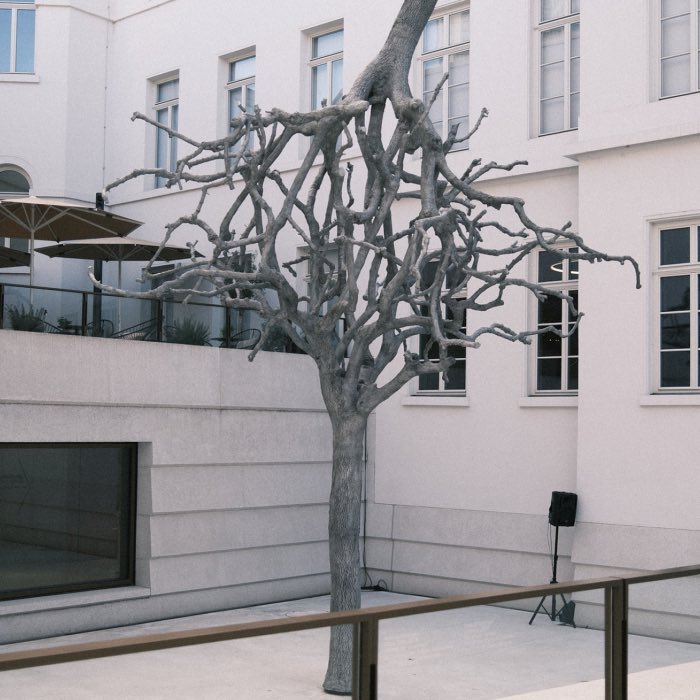
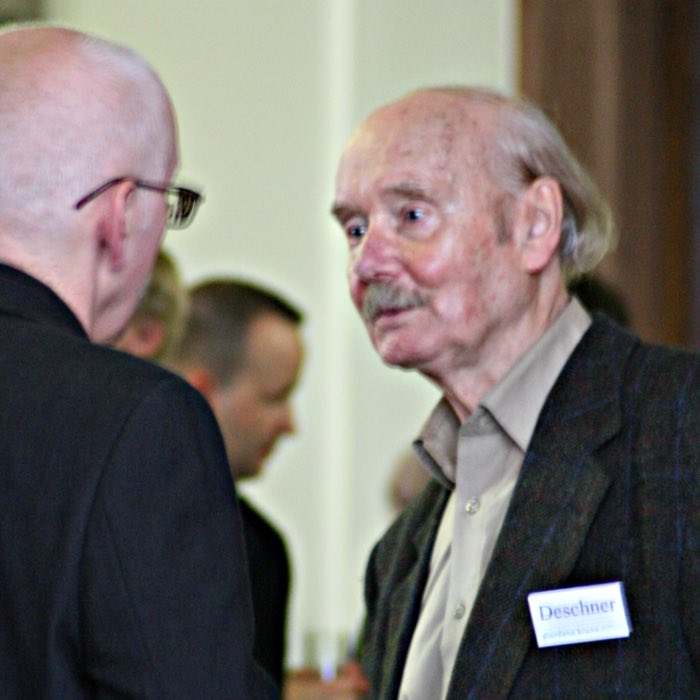
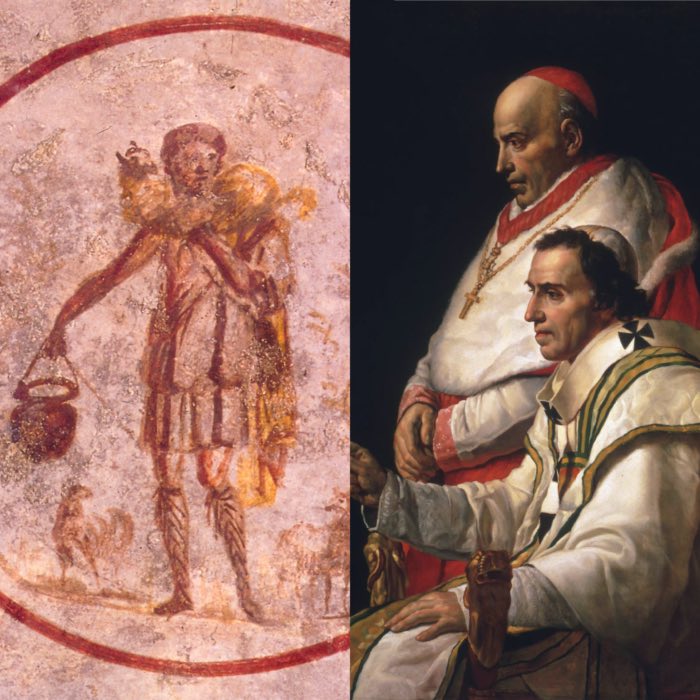
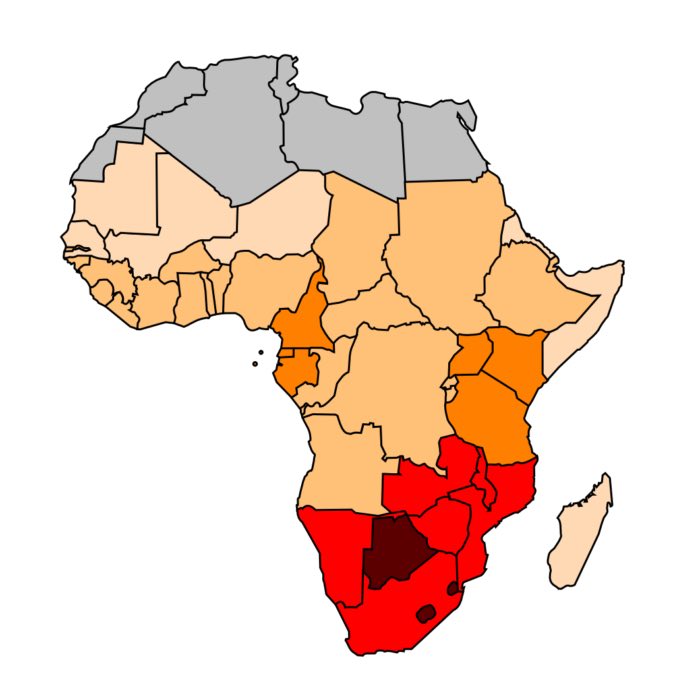
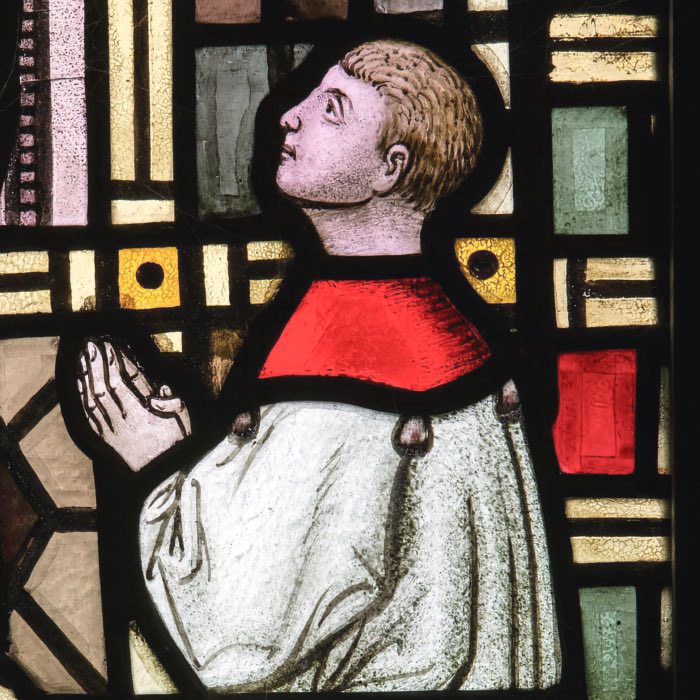
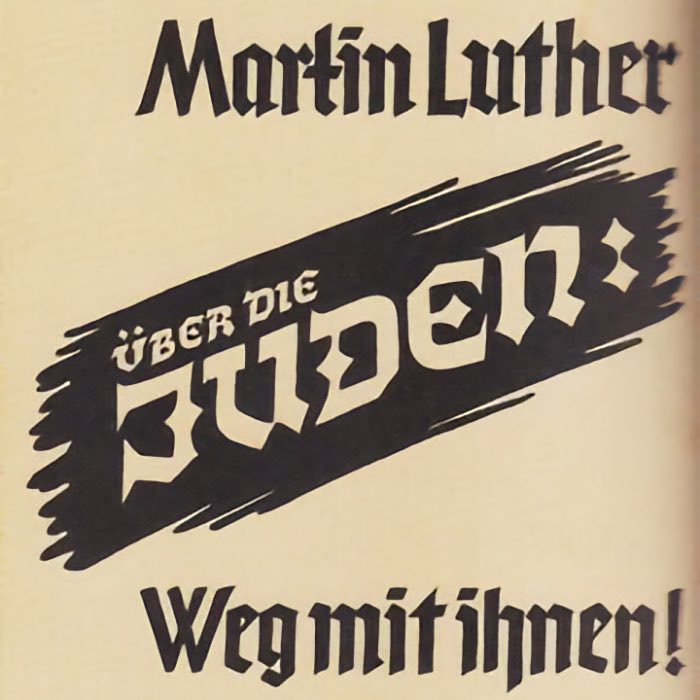
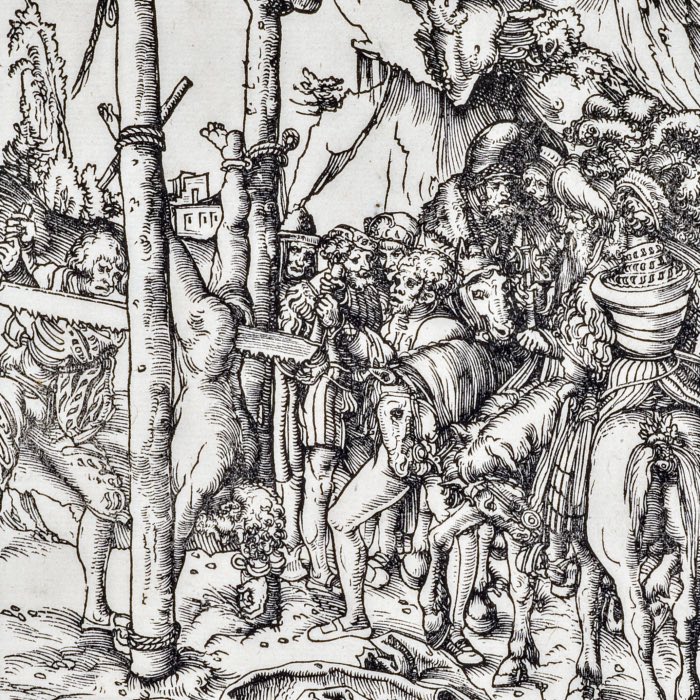
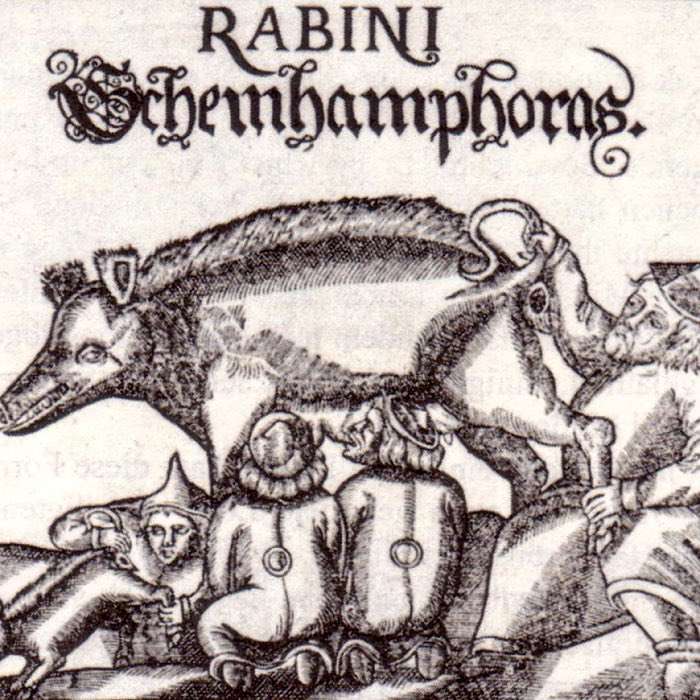
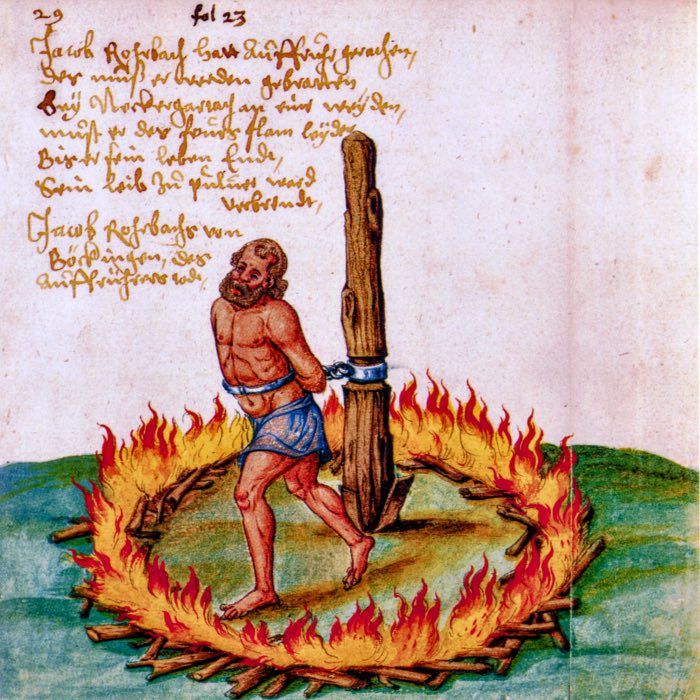
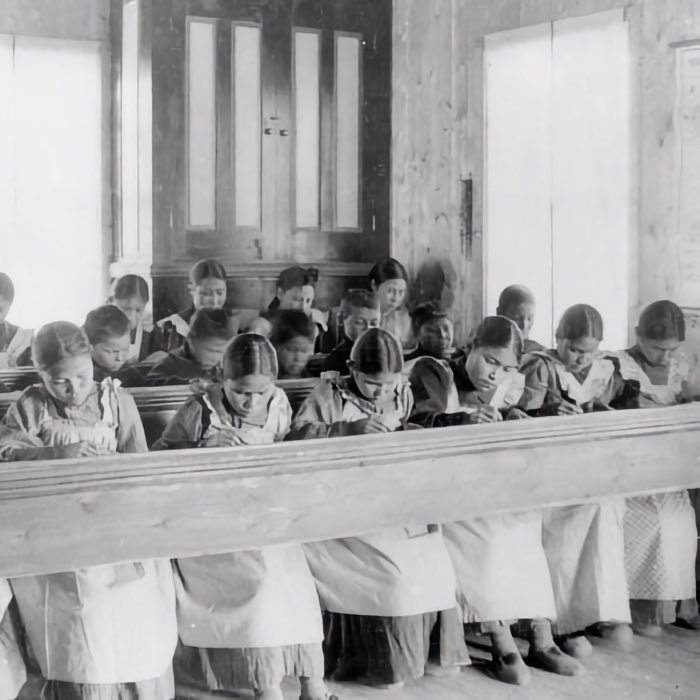
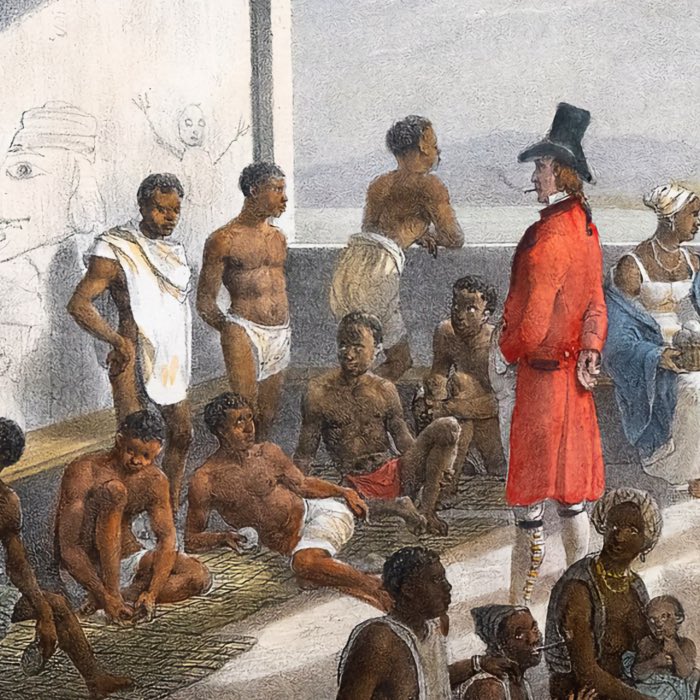
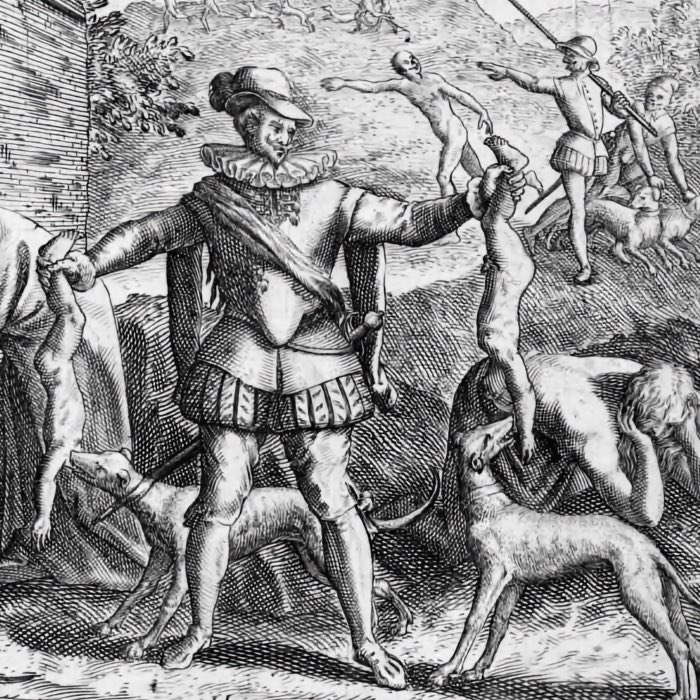
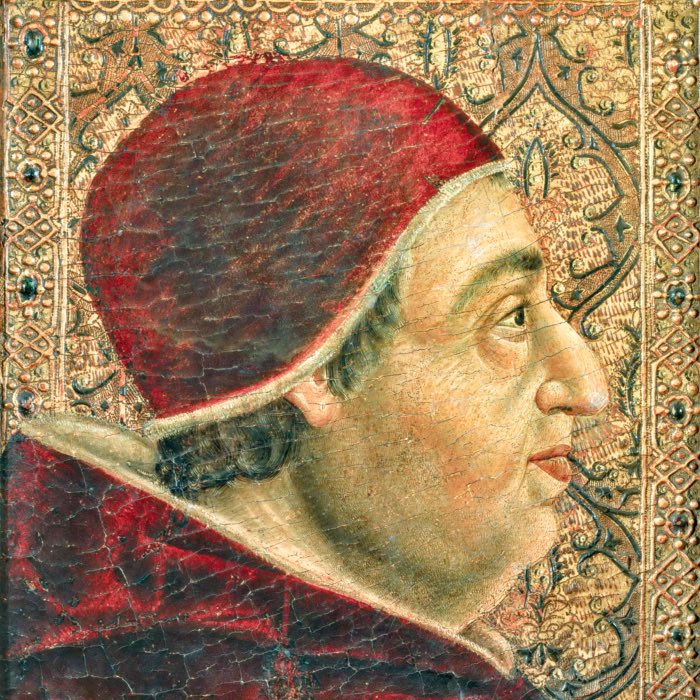
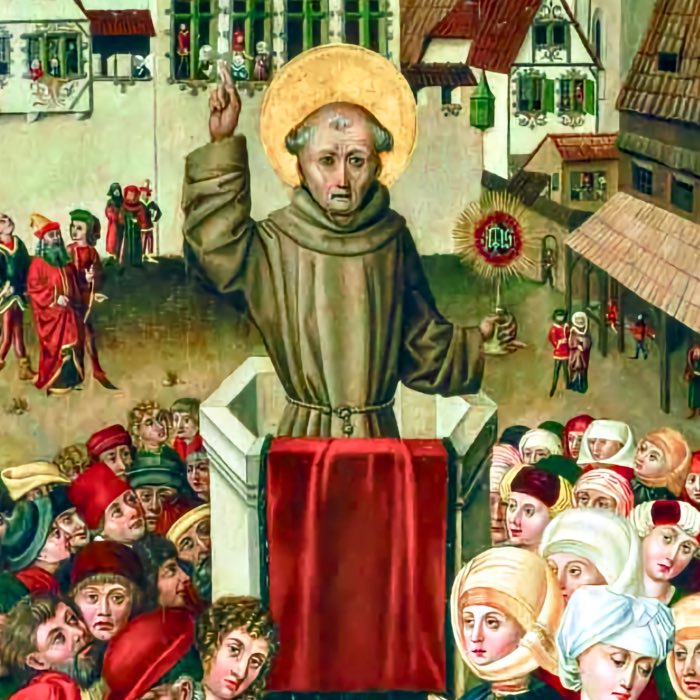
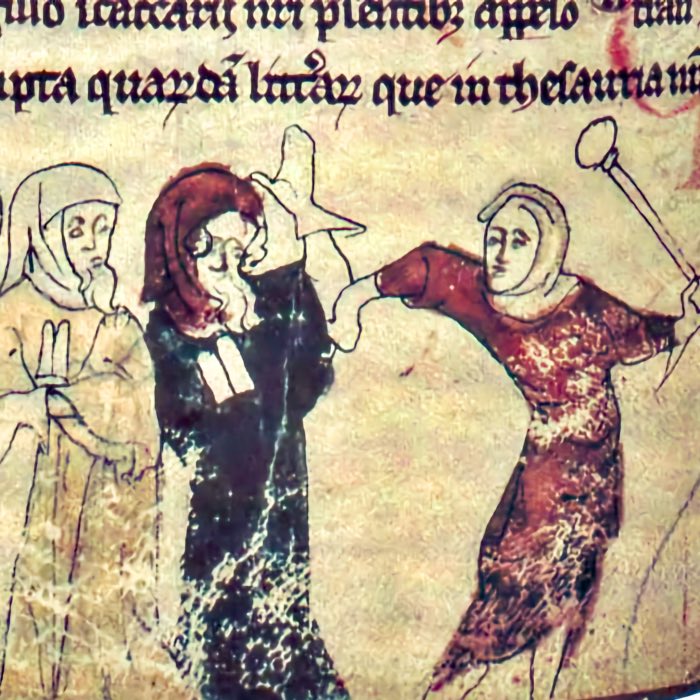
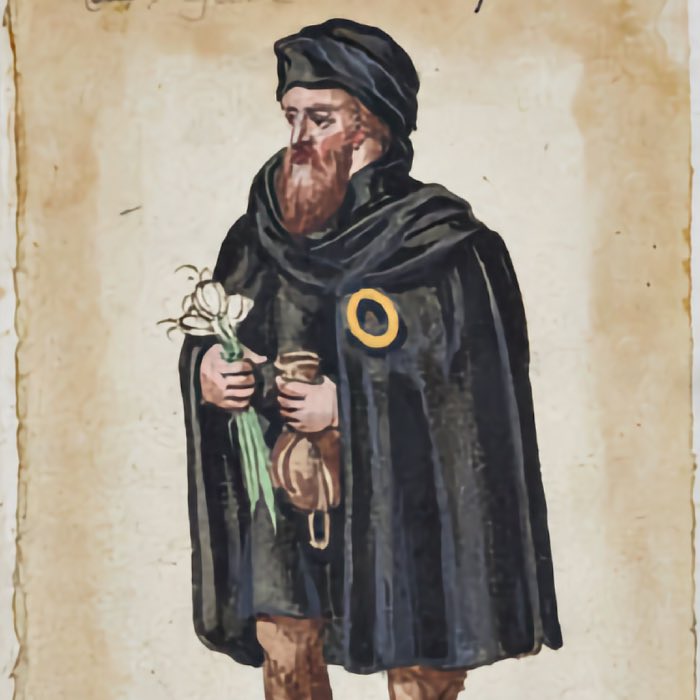
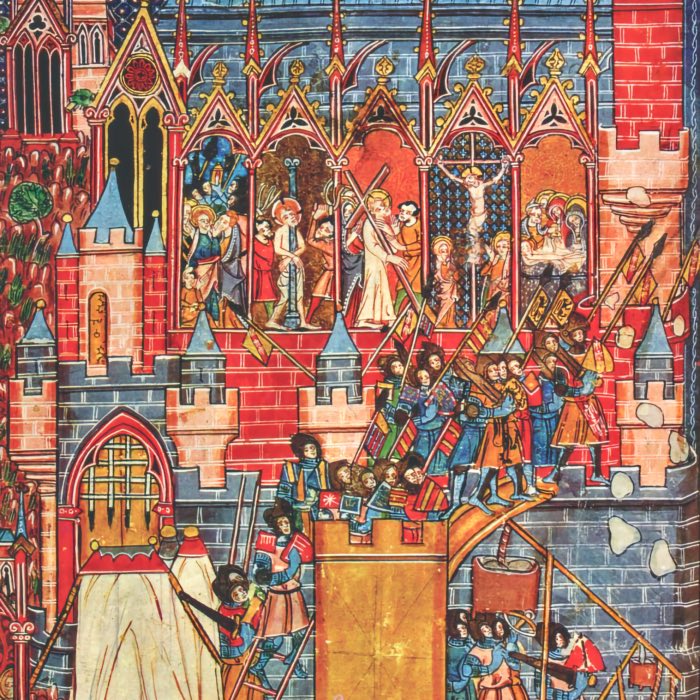
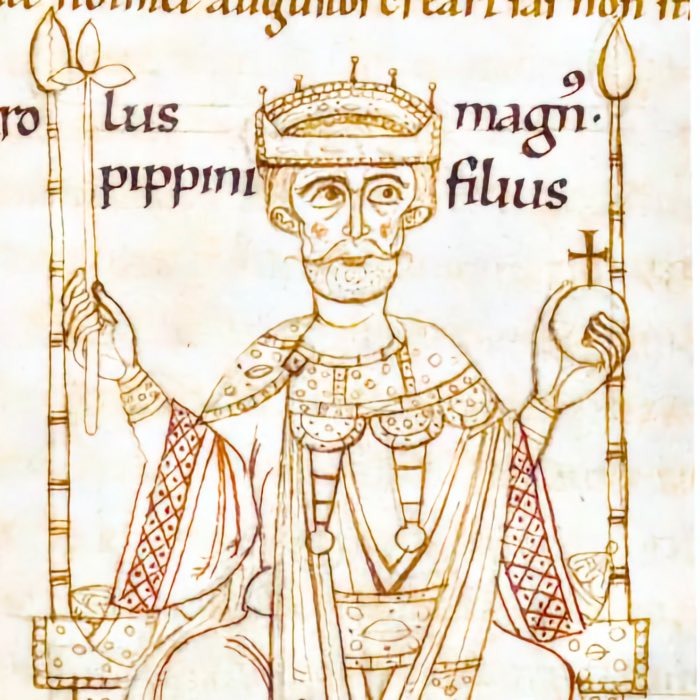
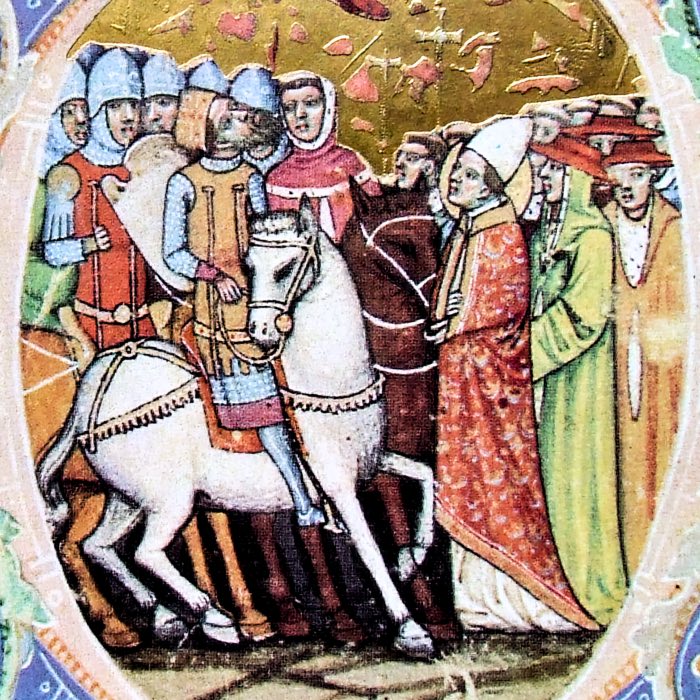
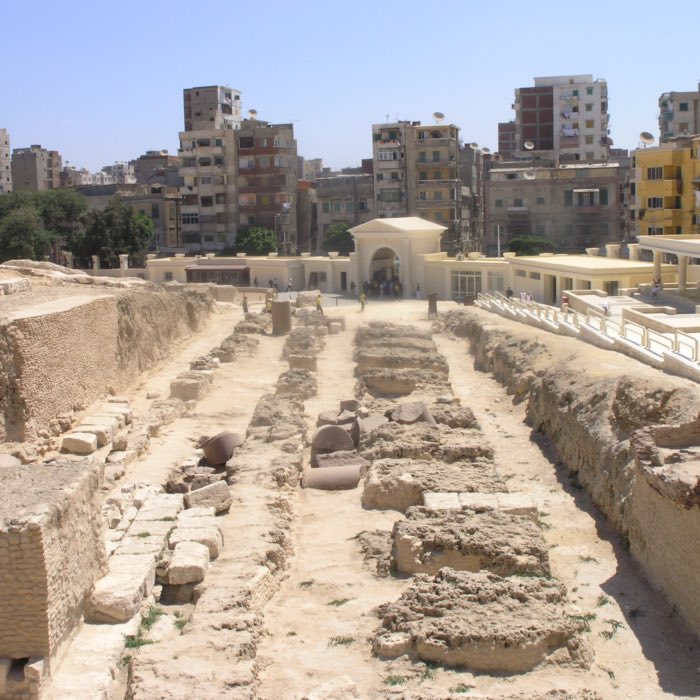
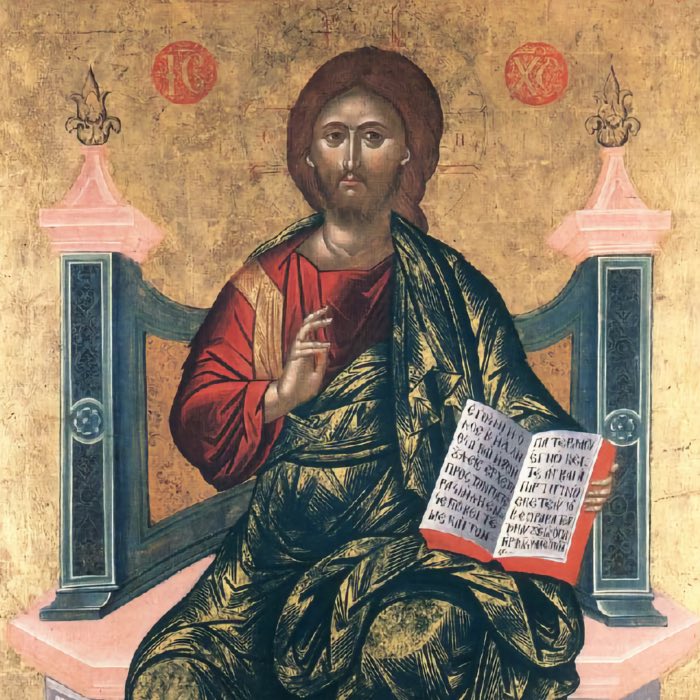
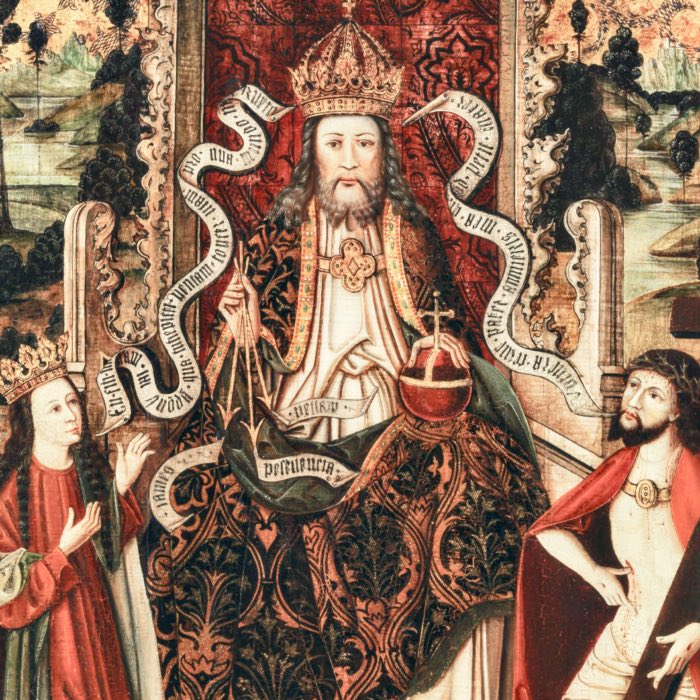
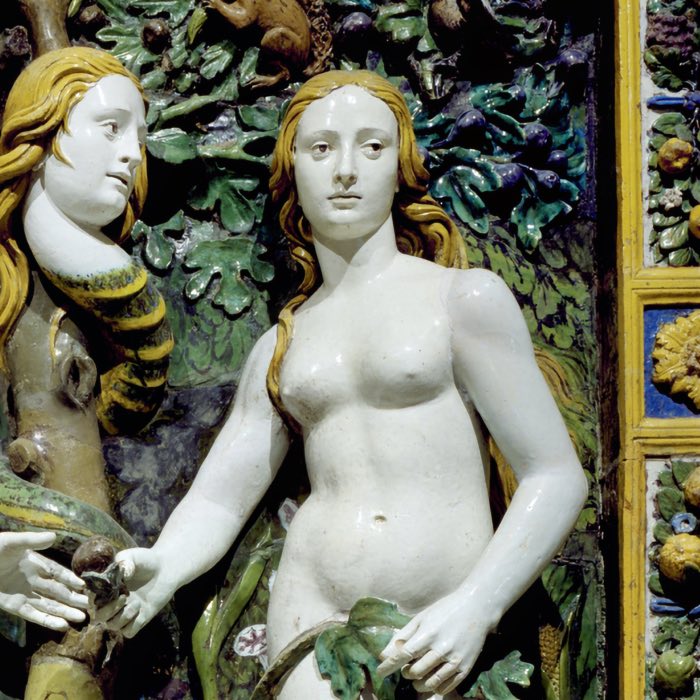
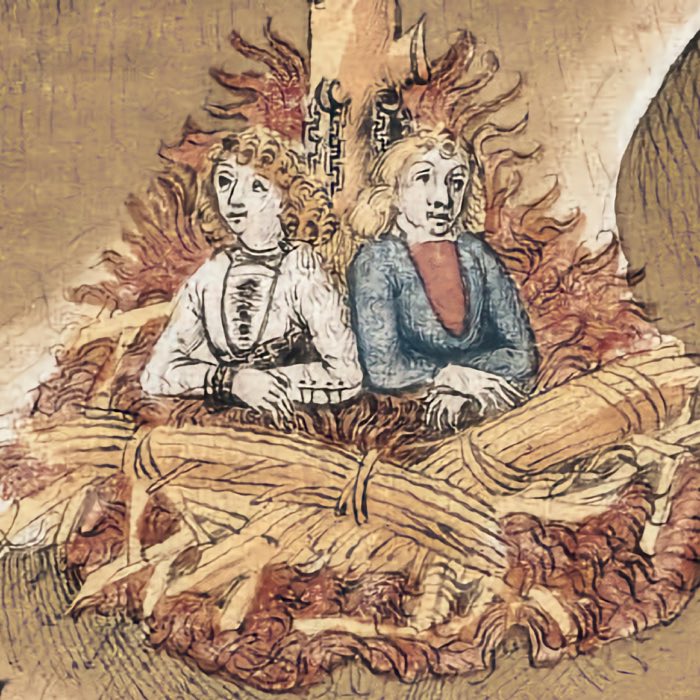
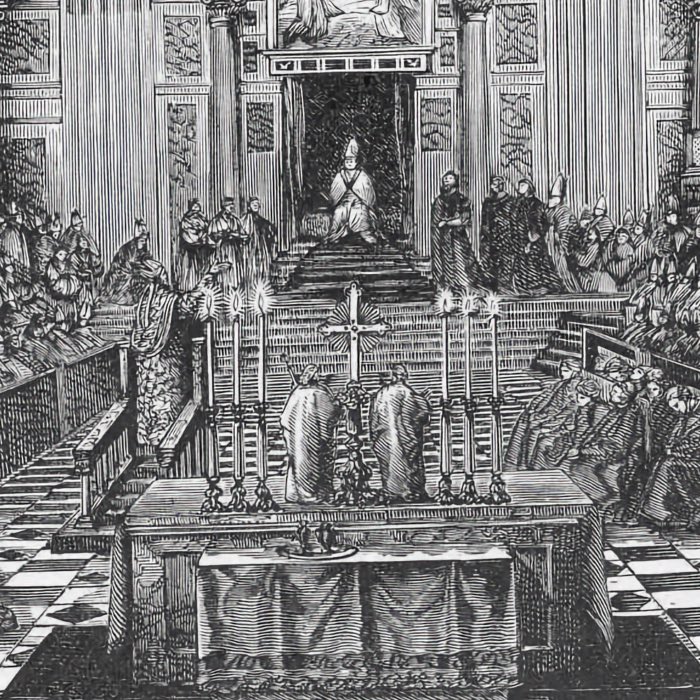
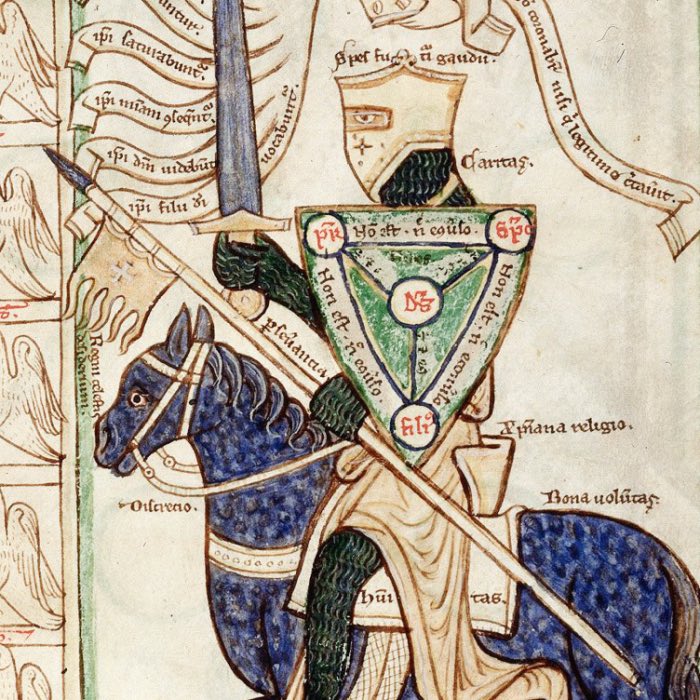
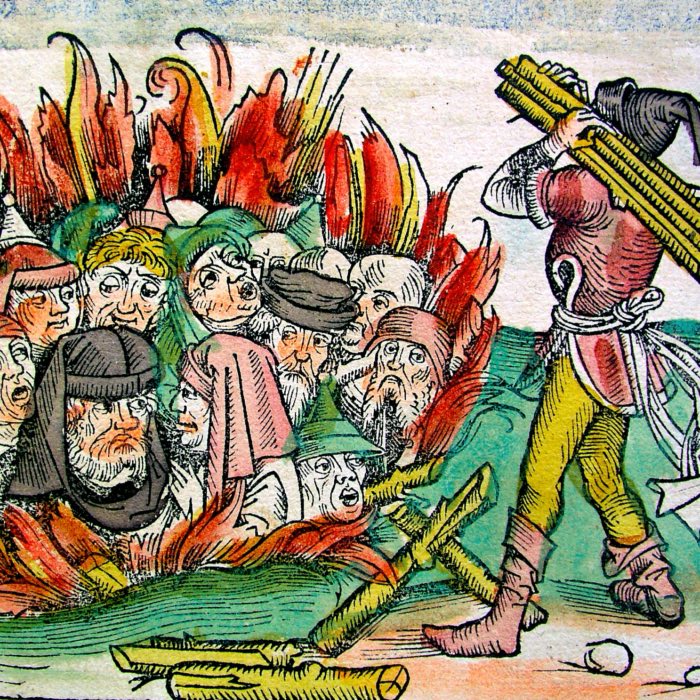
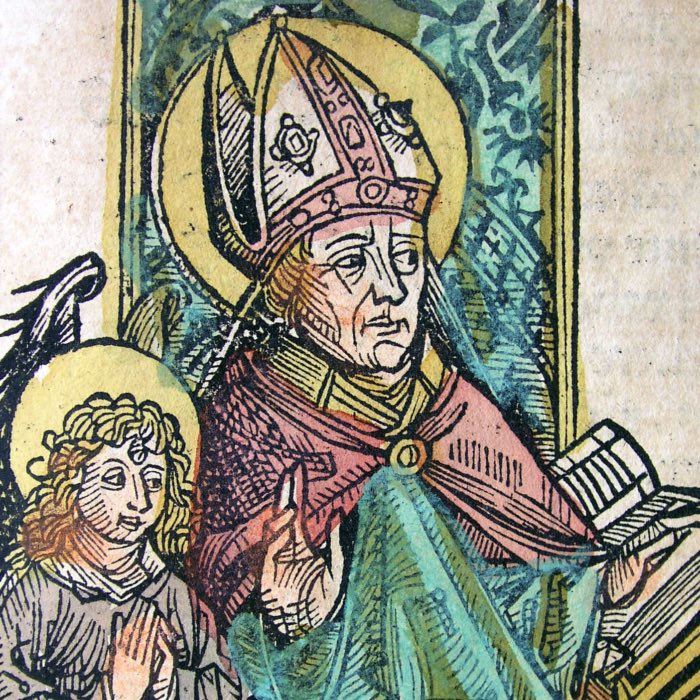
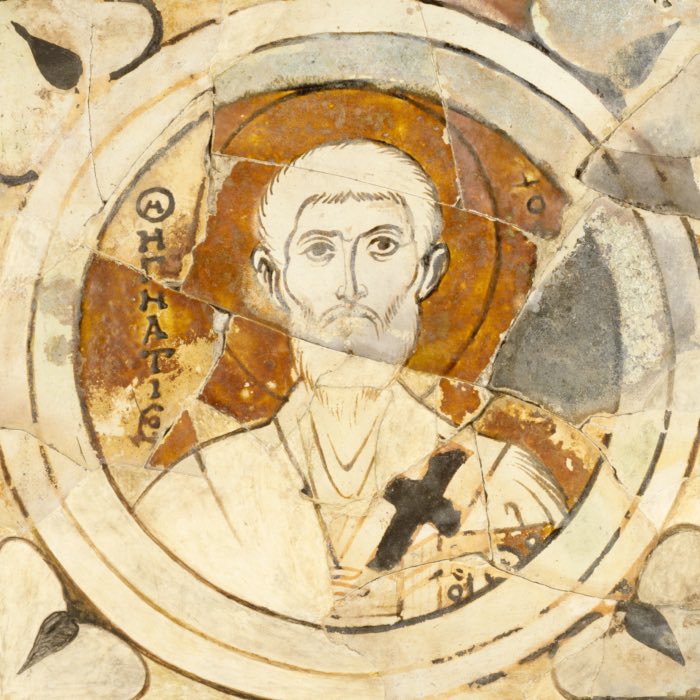
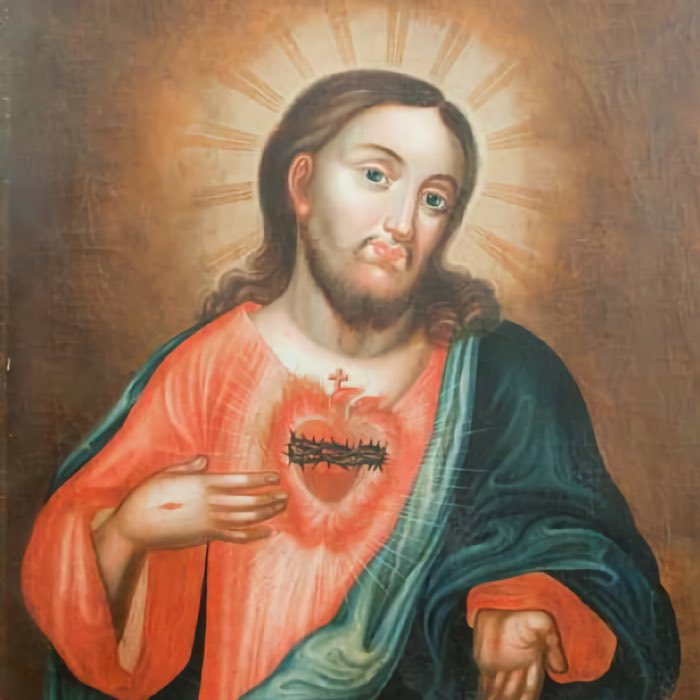
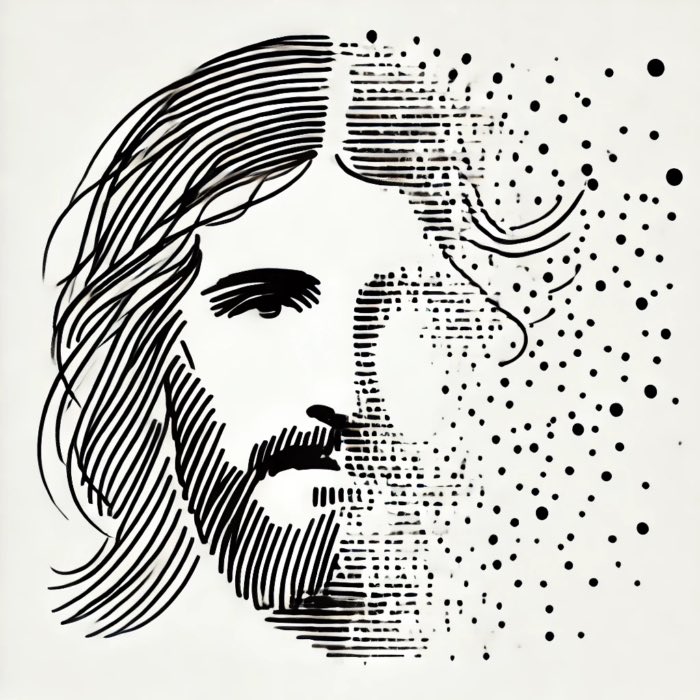
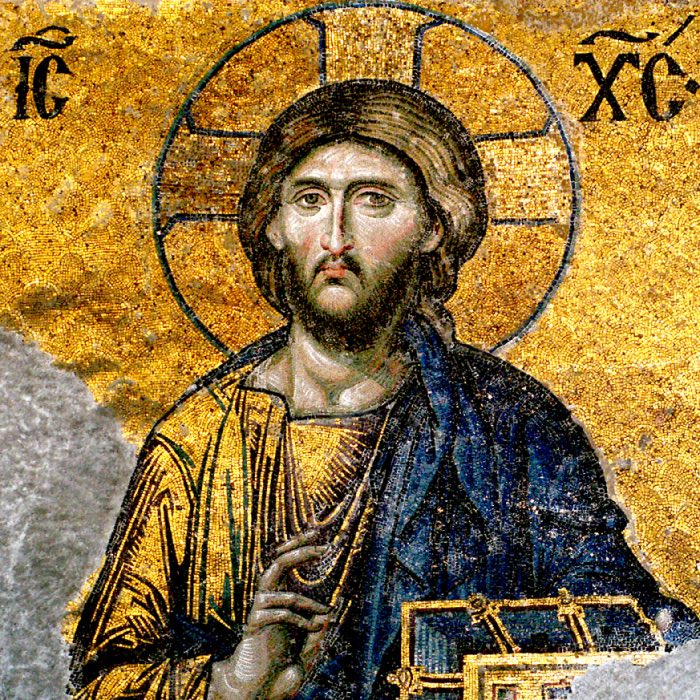
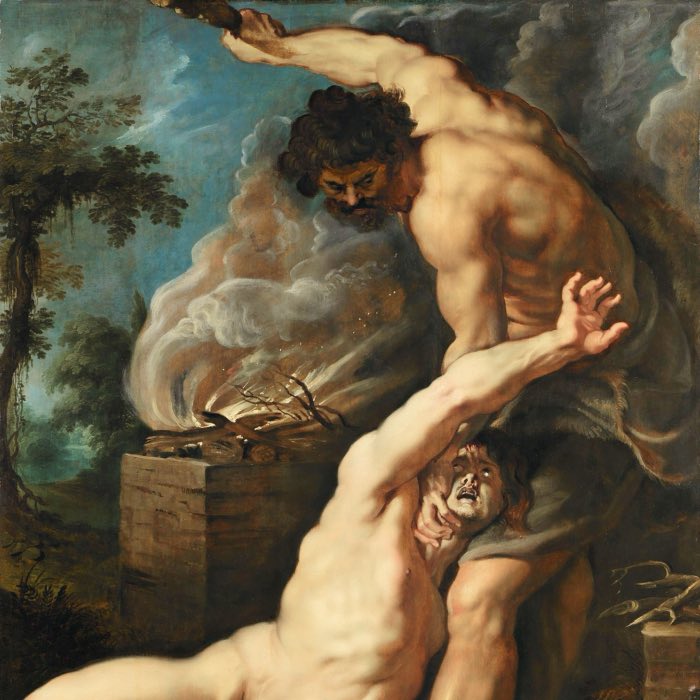
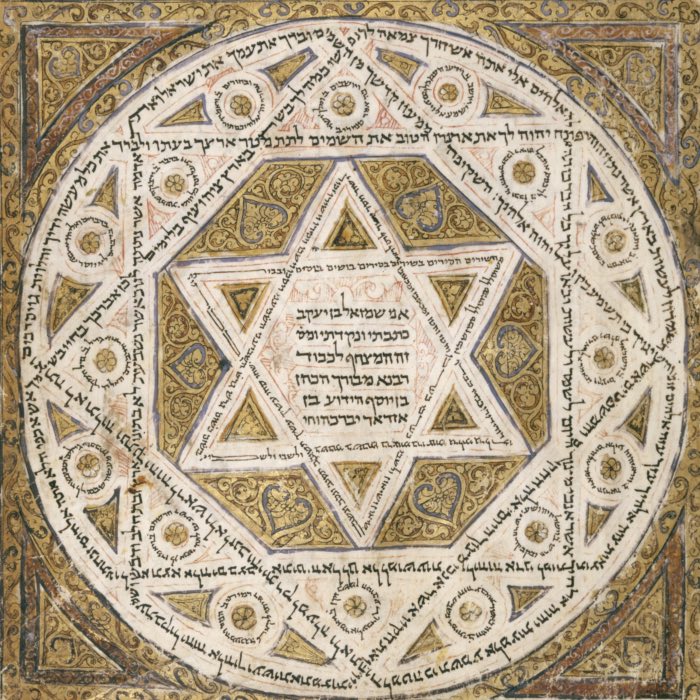
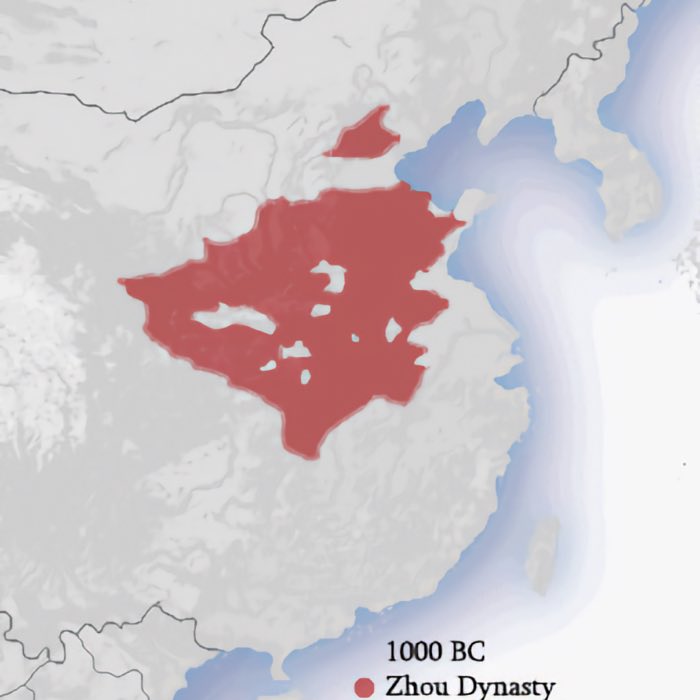

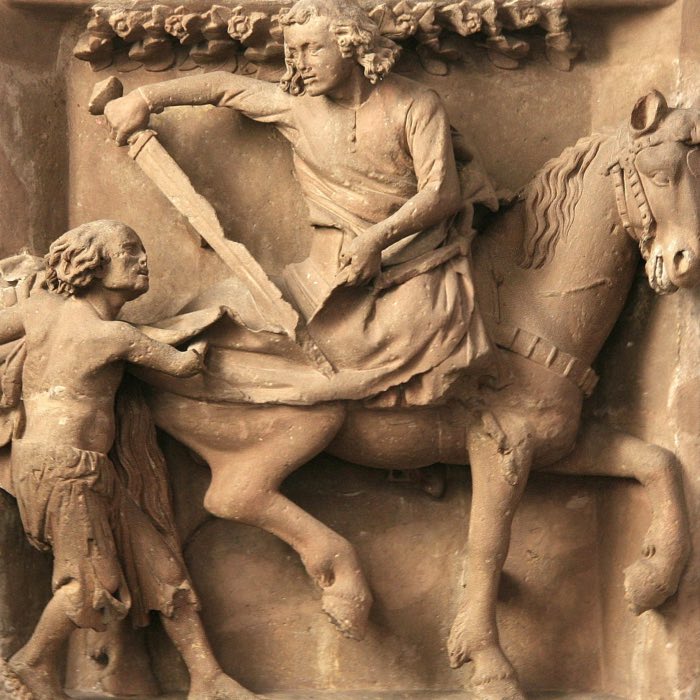
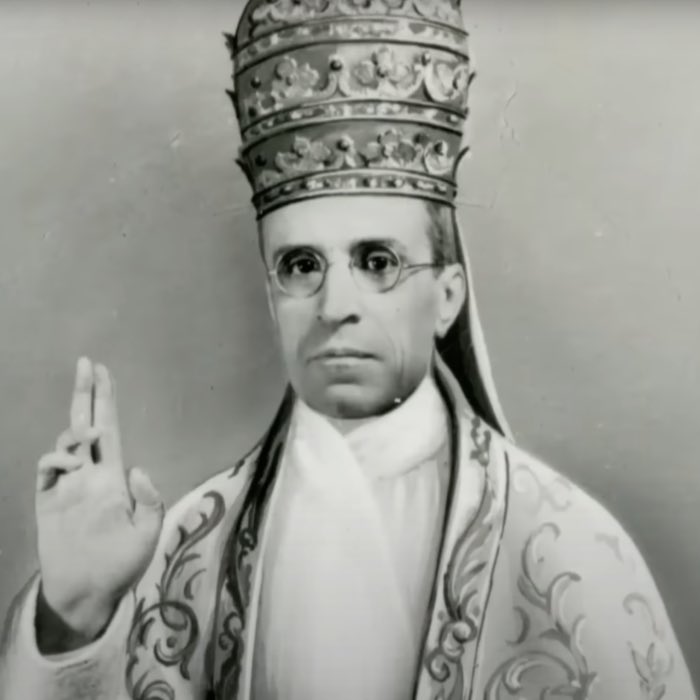
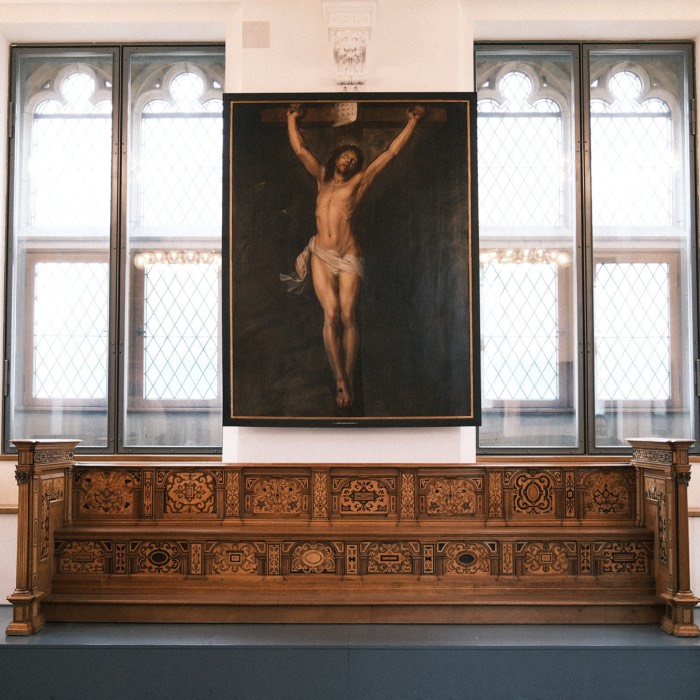
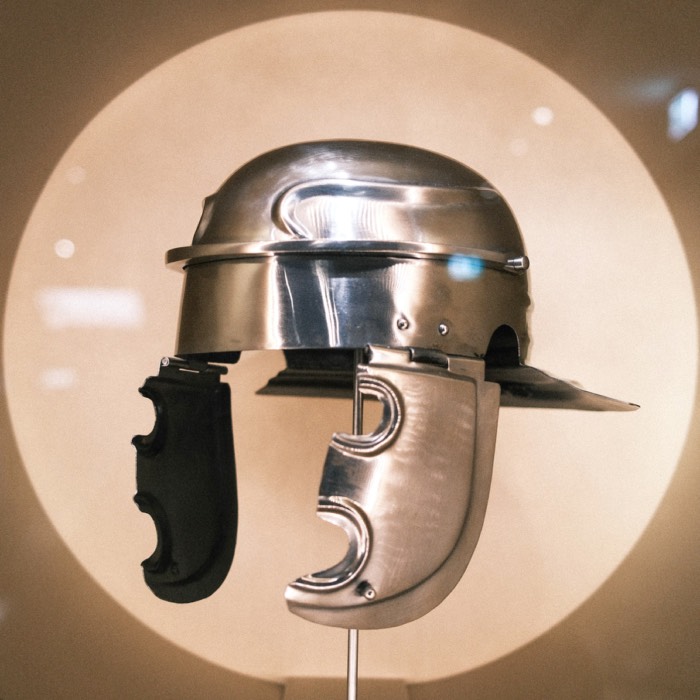
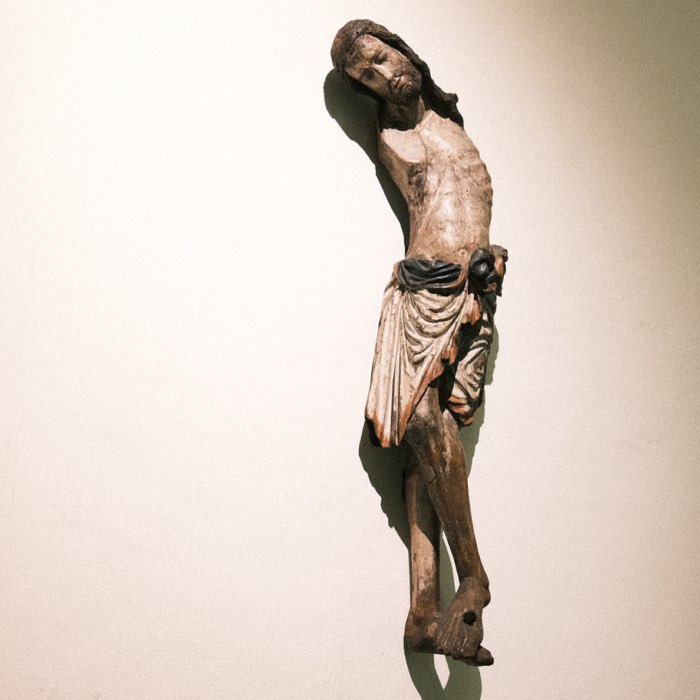
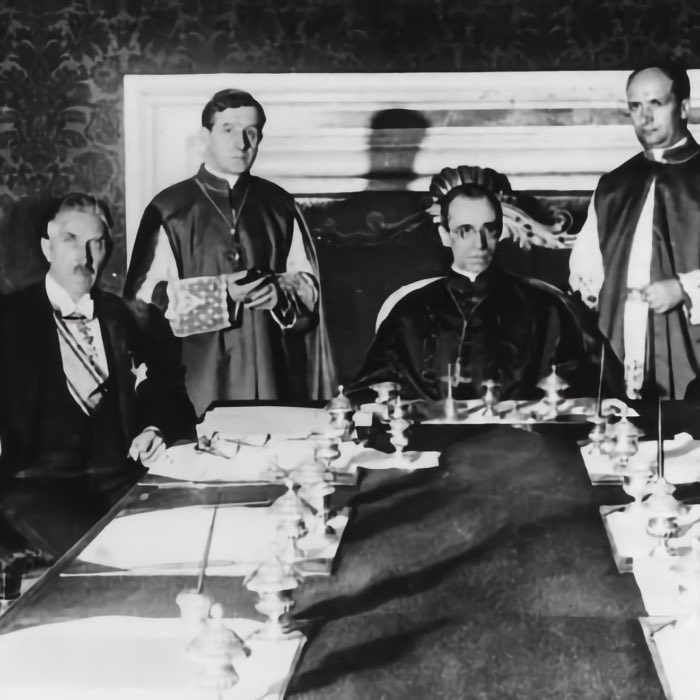
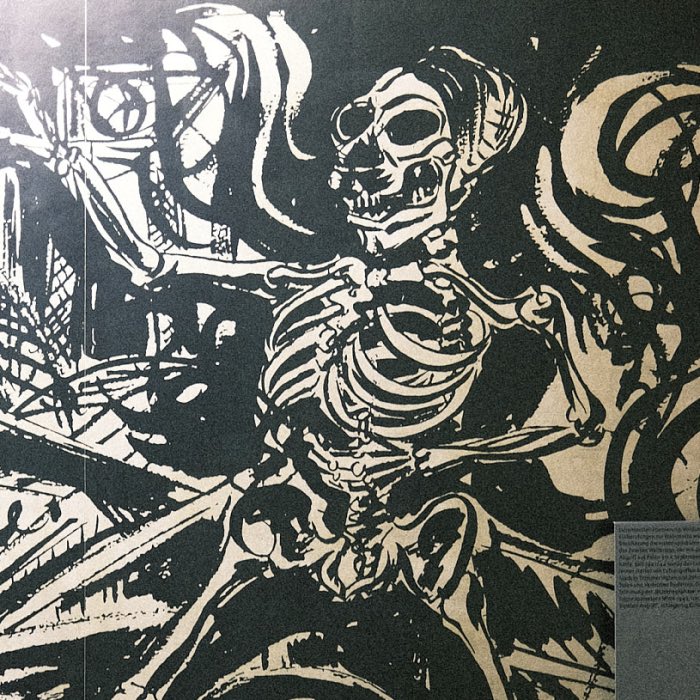
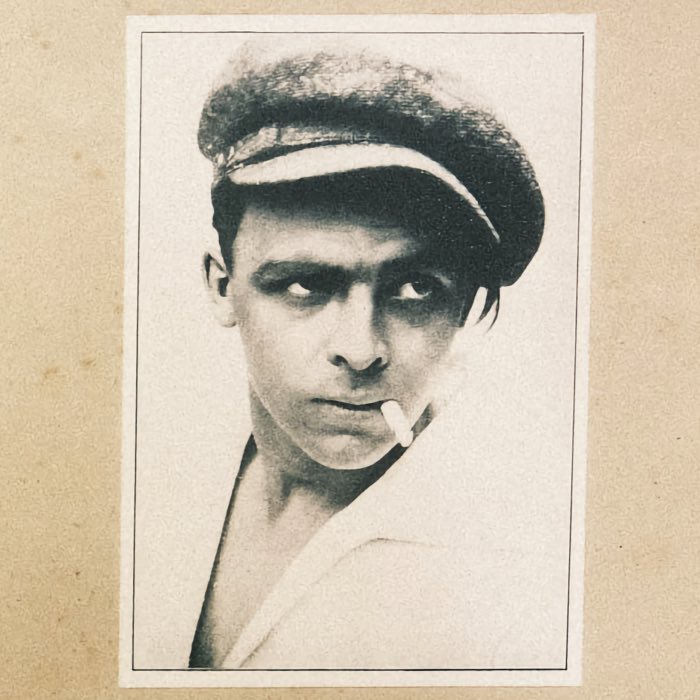
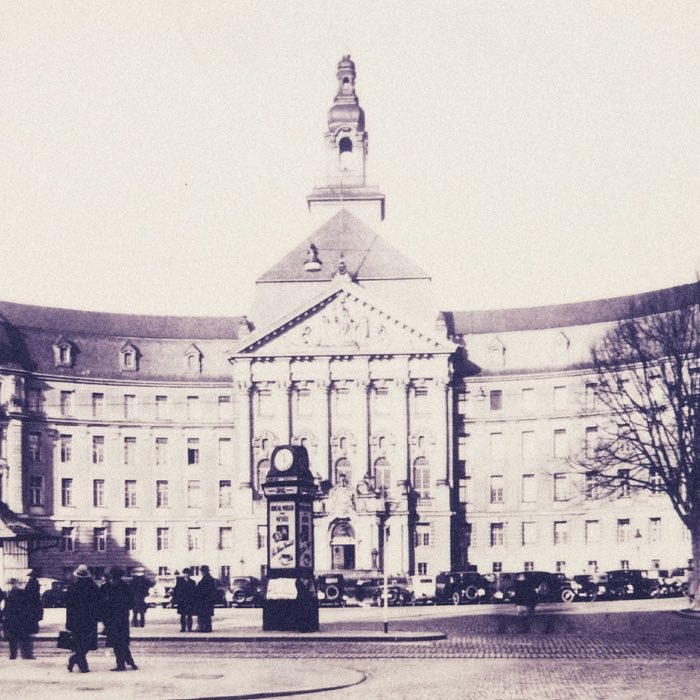
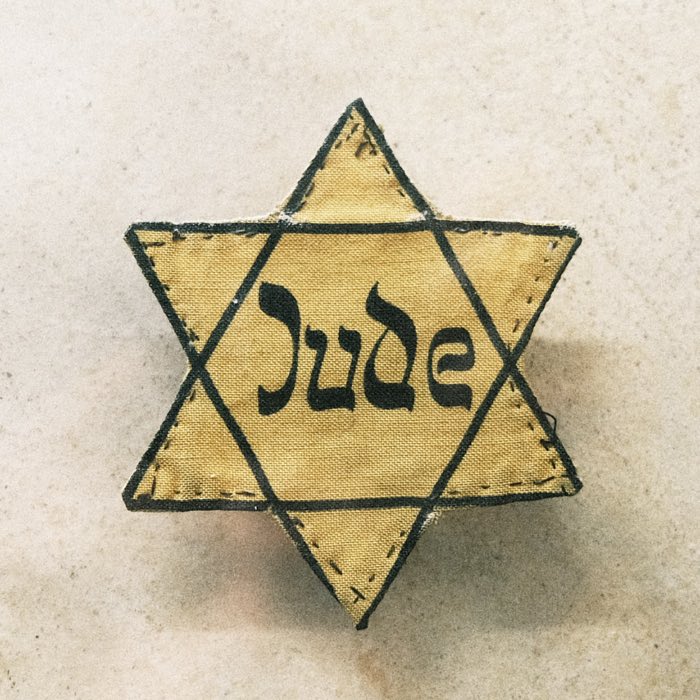

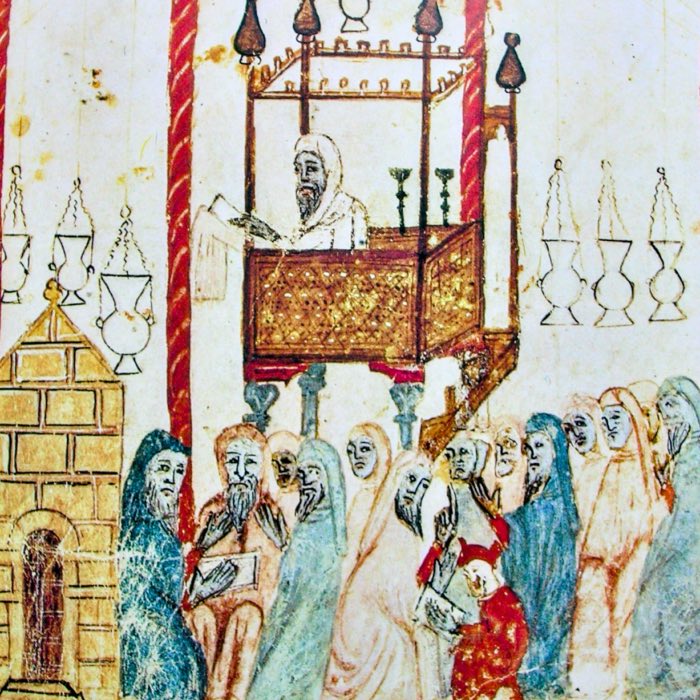
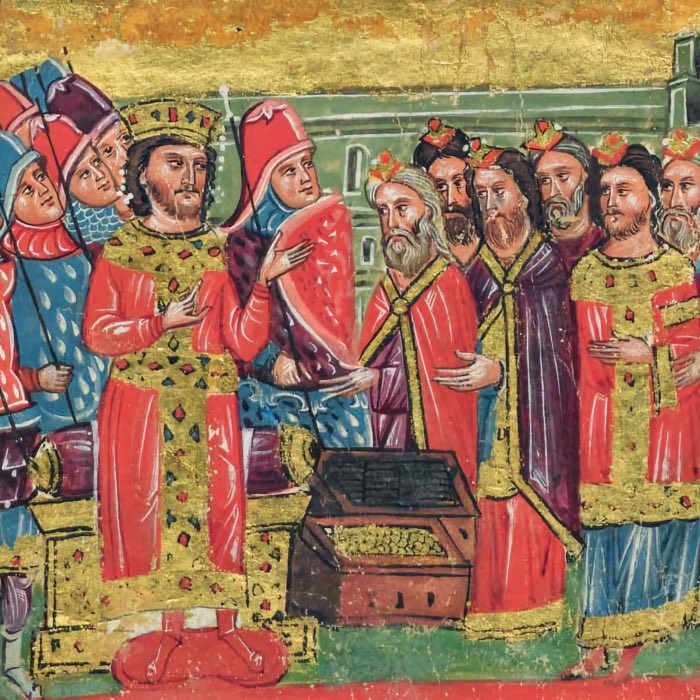
comments